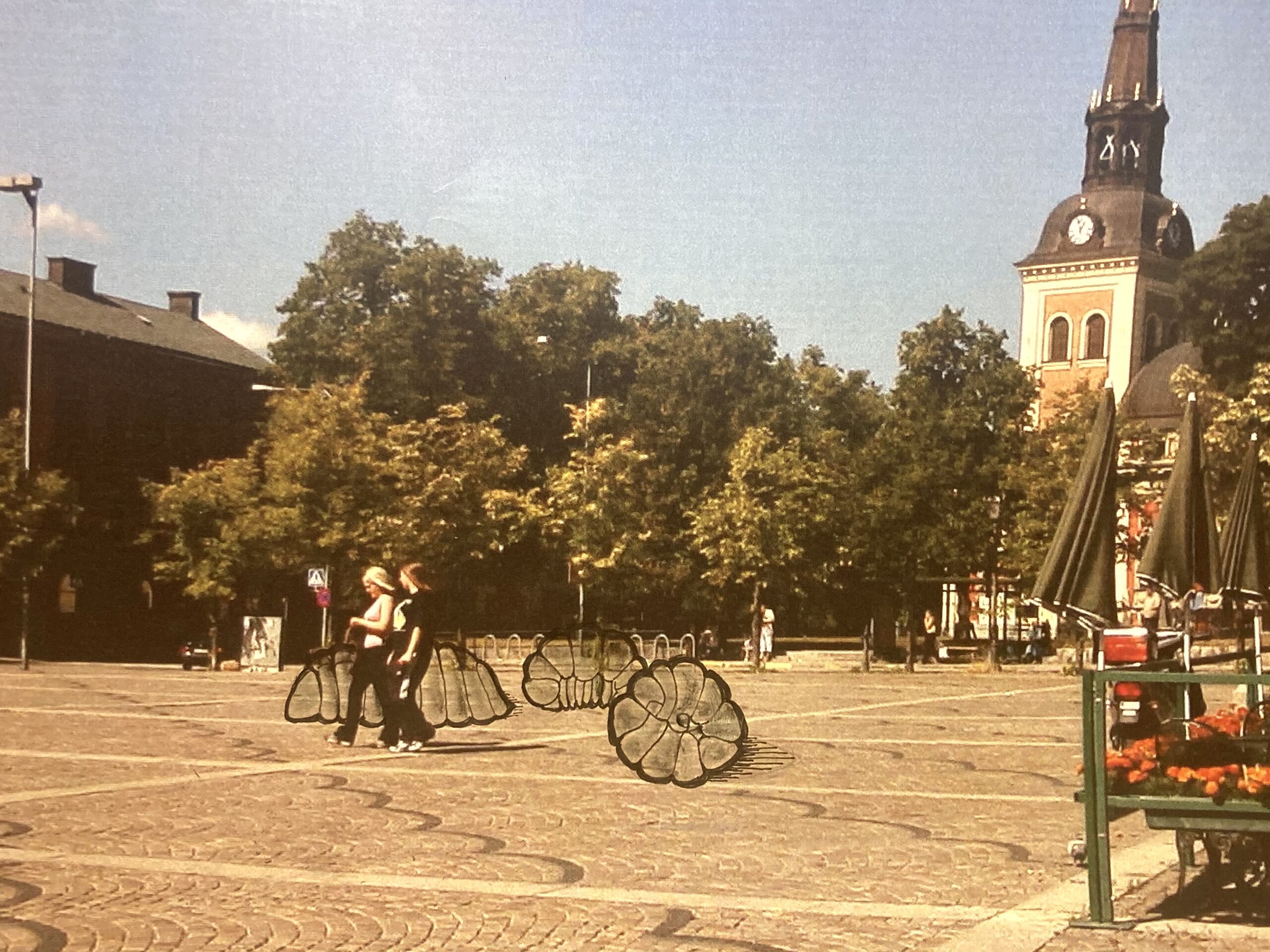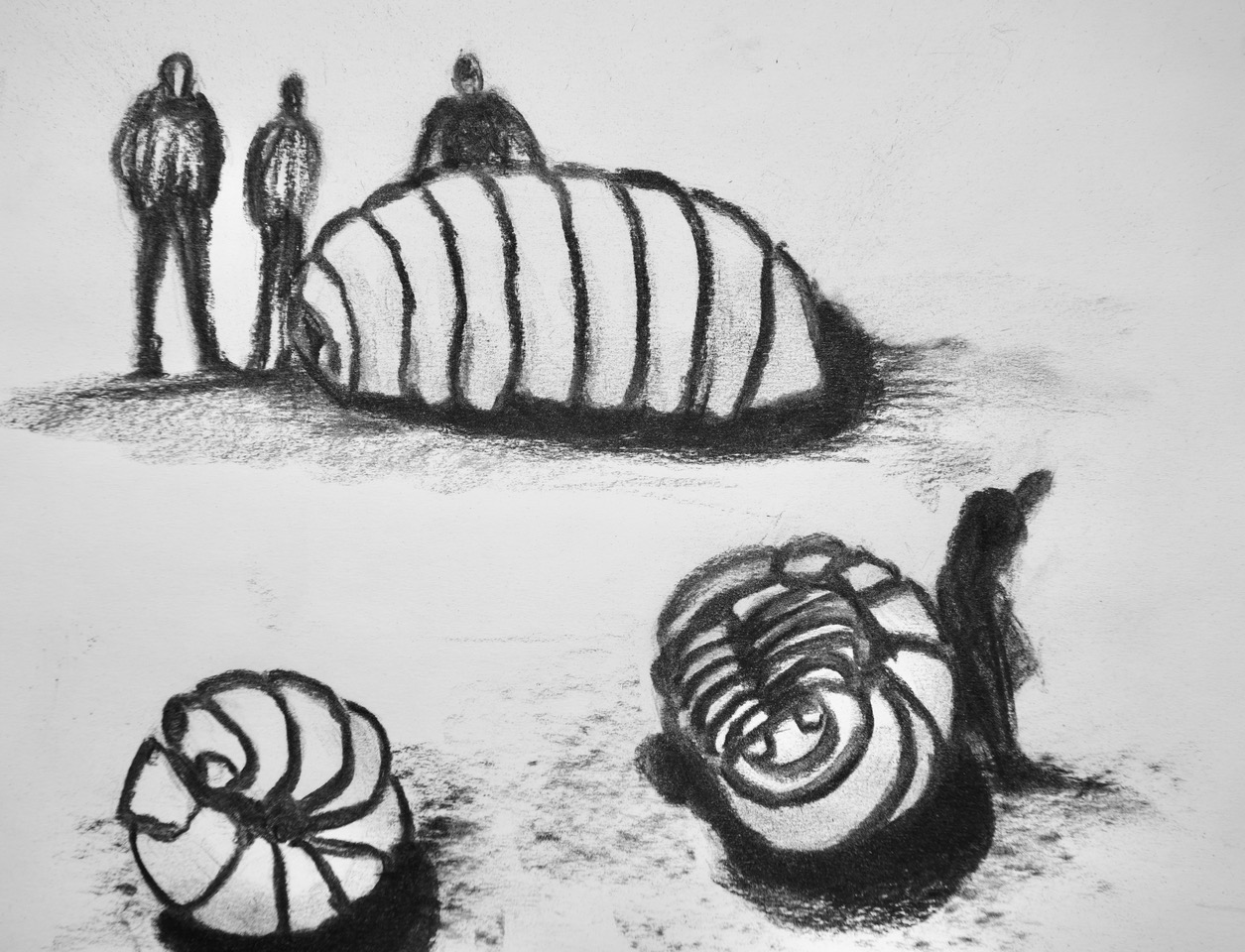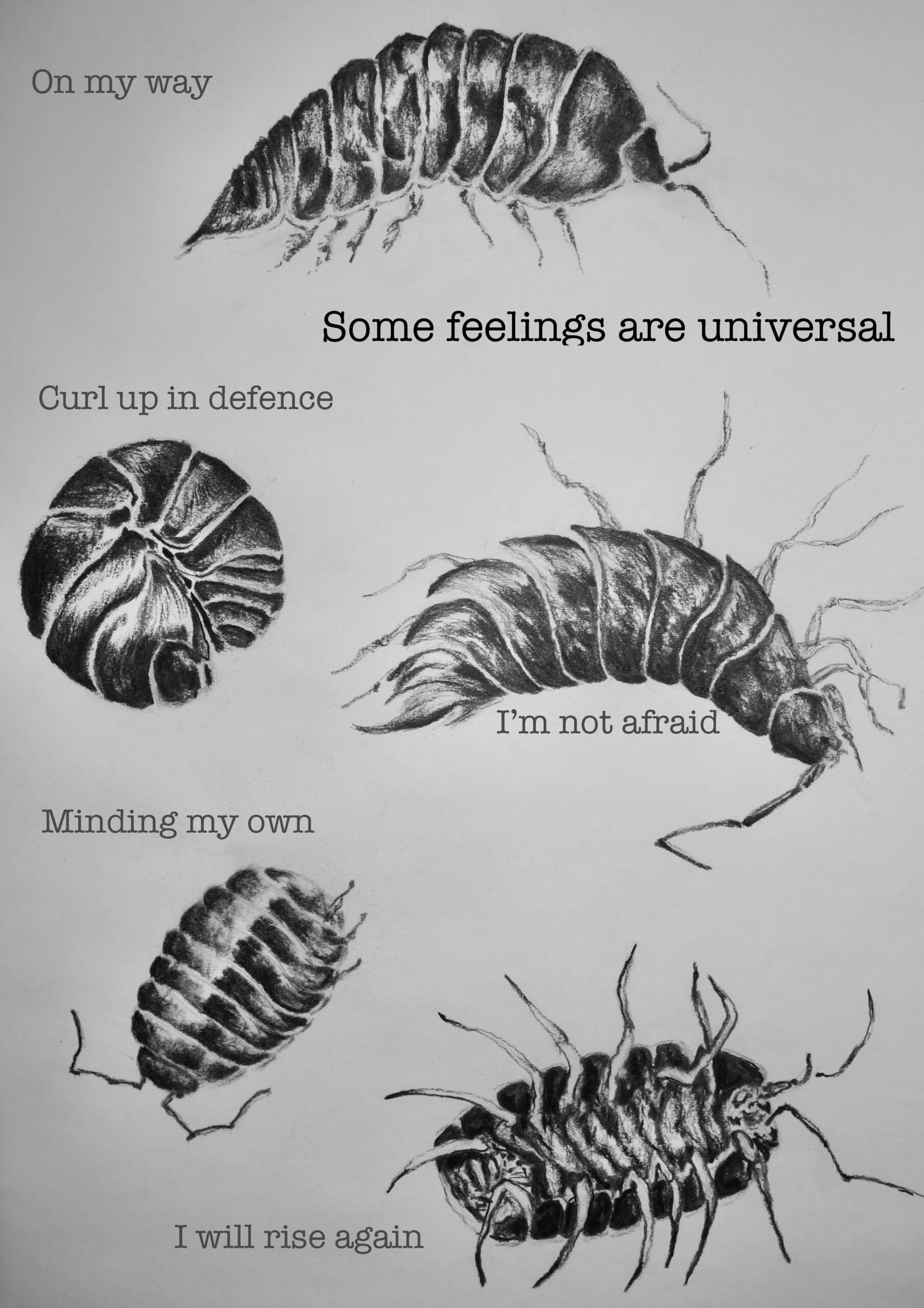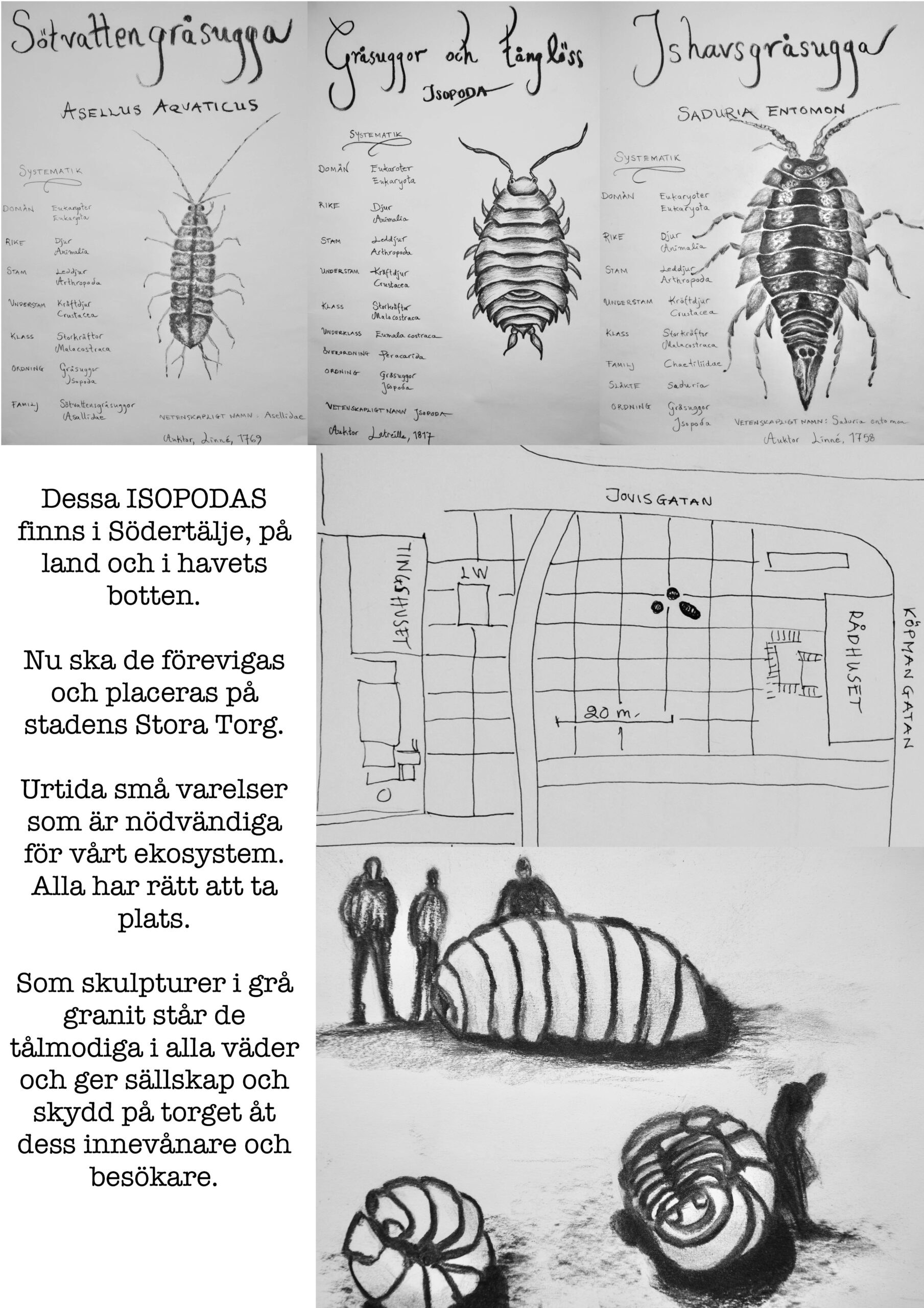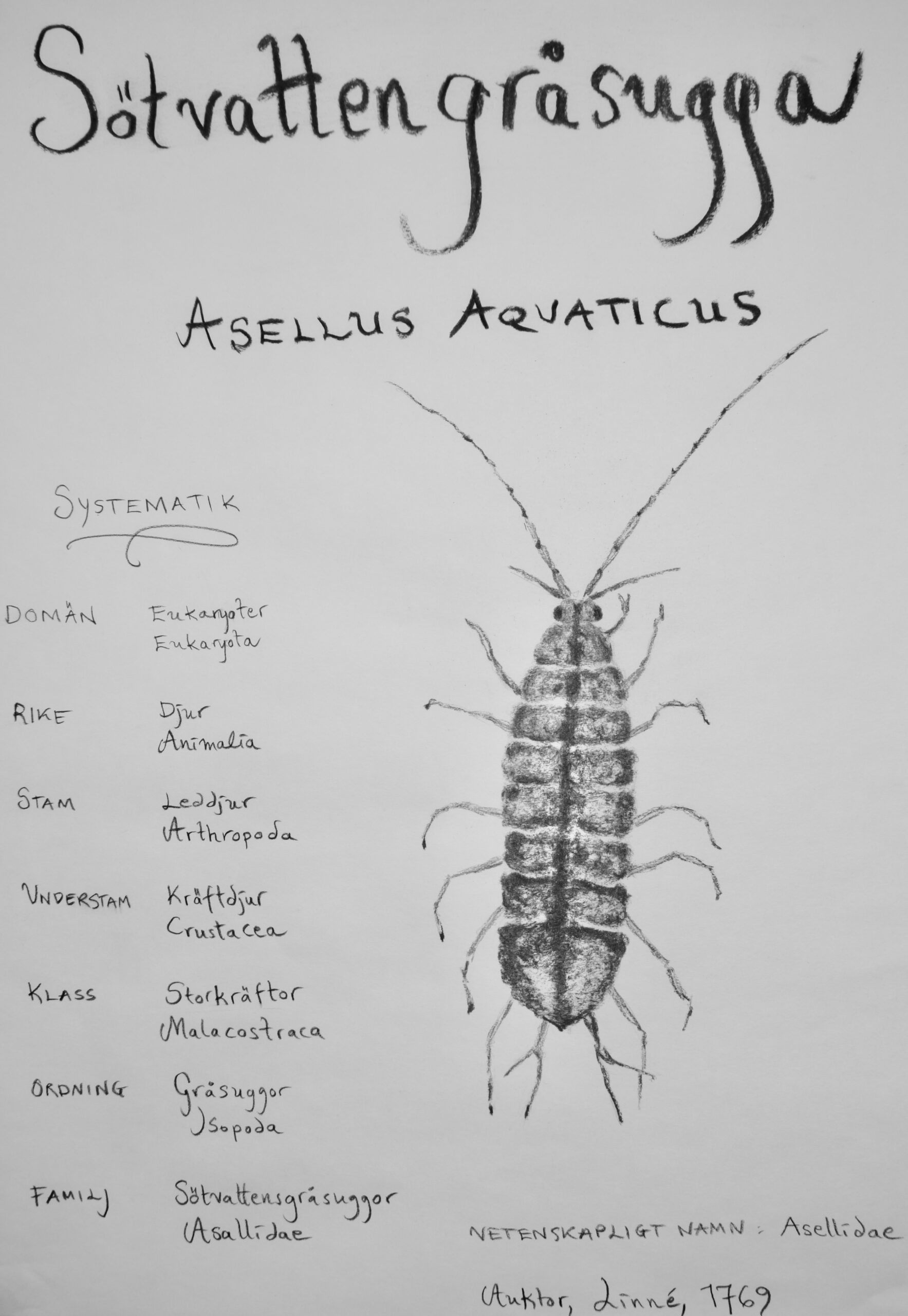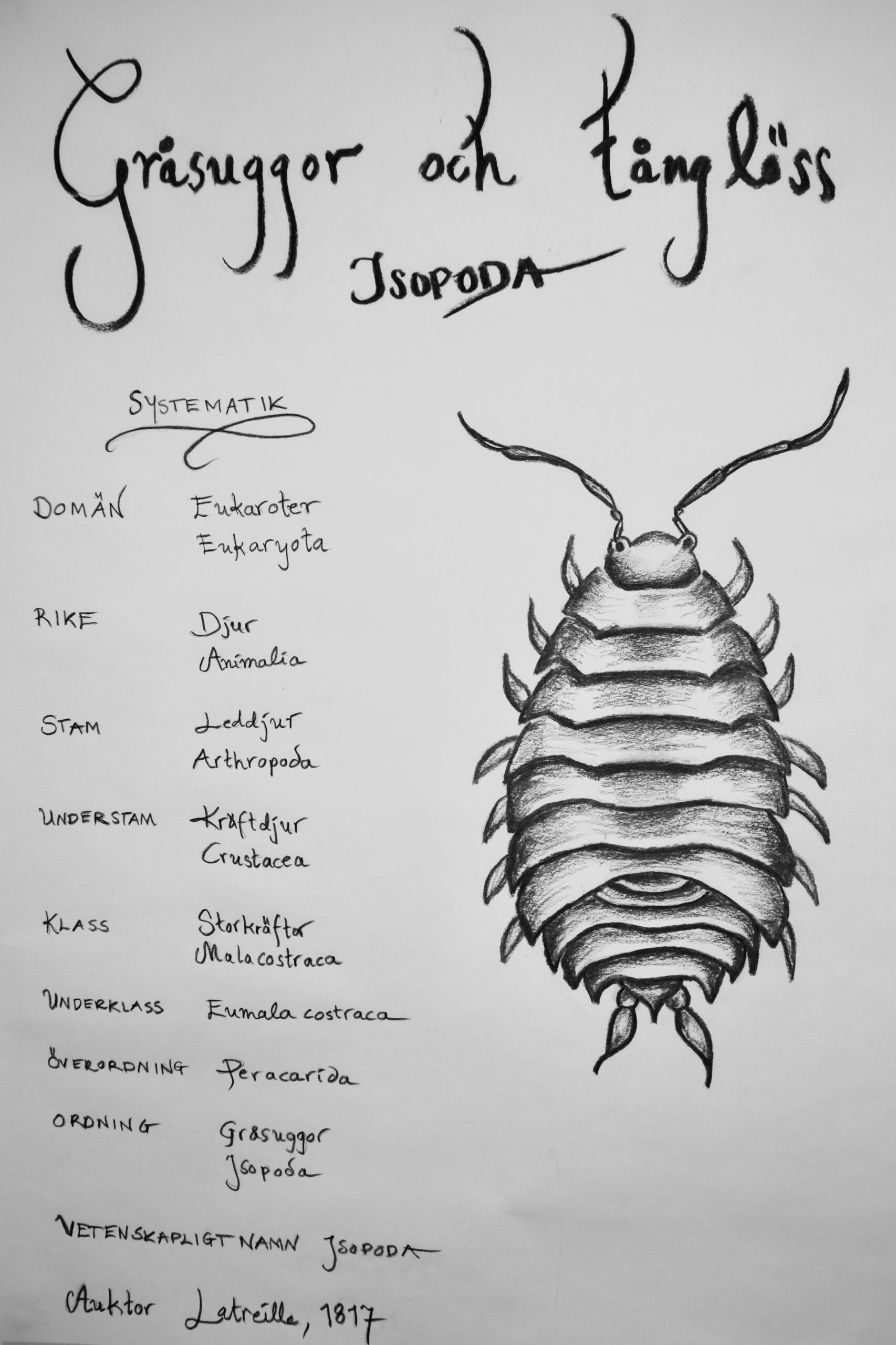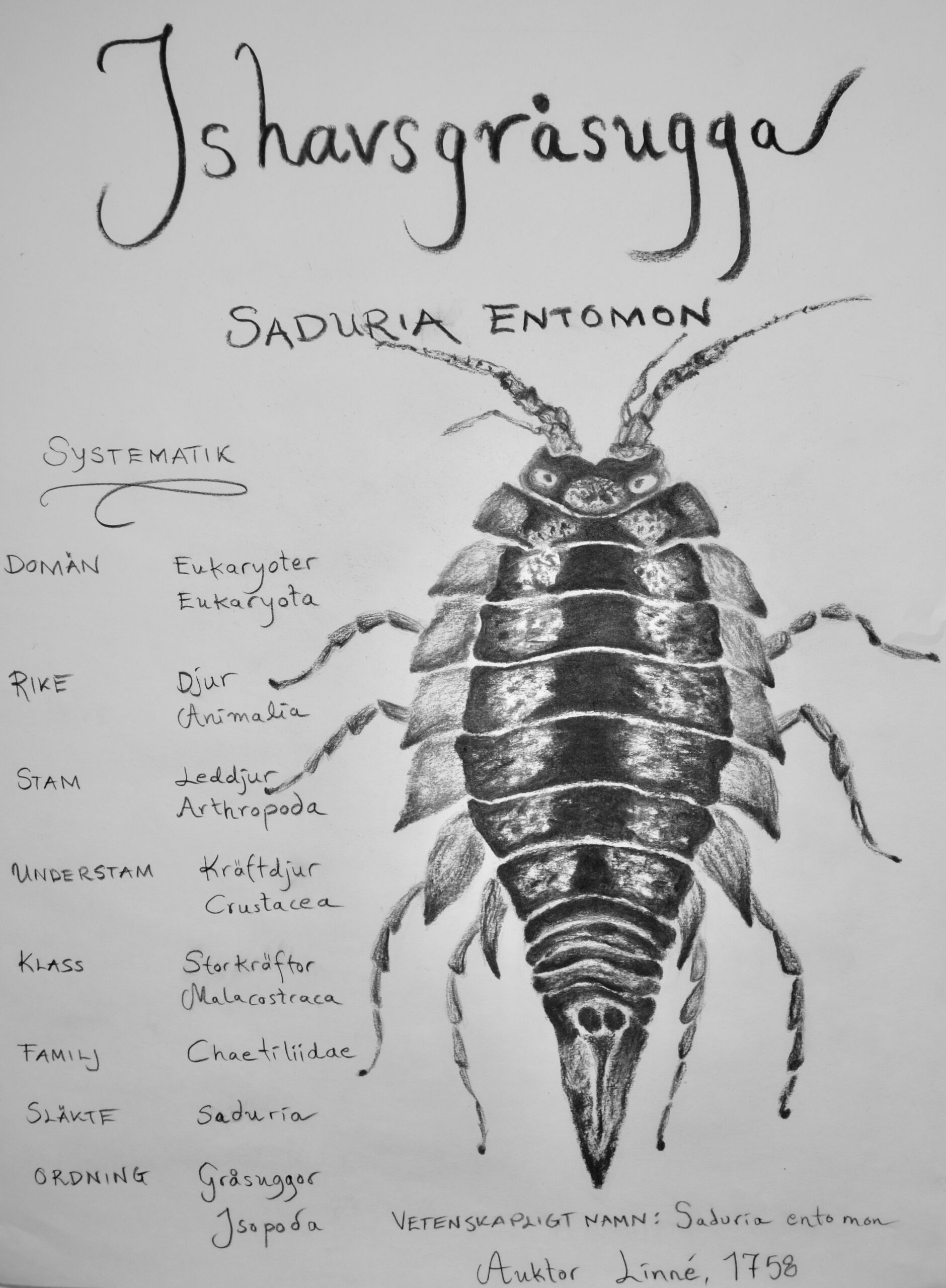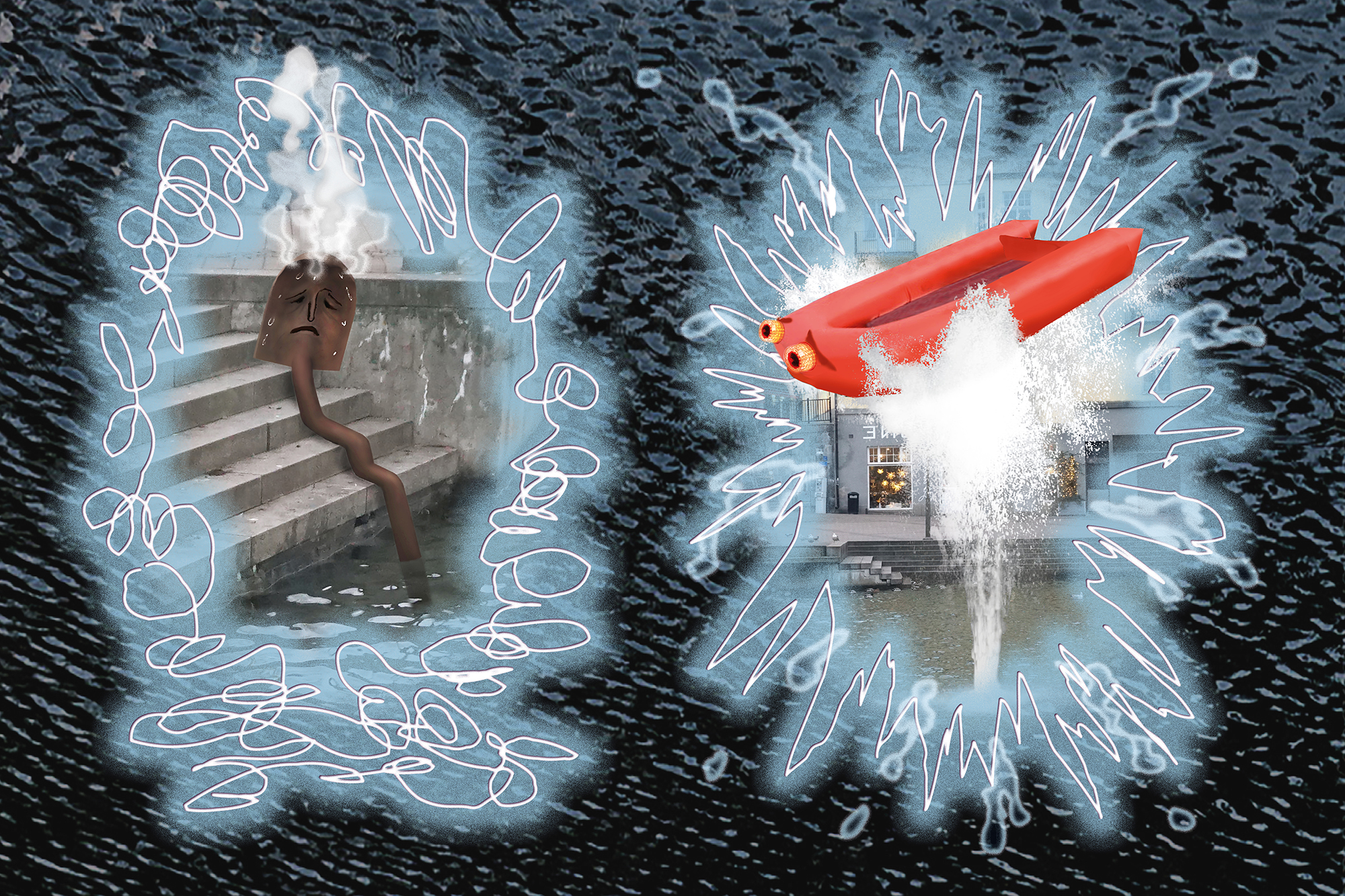
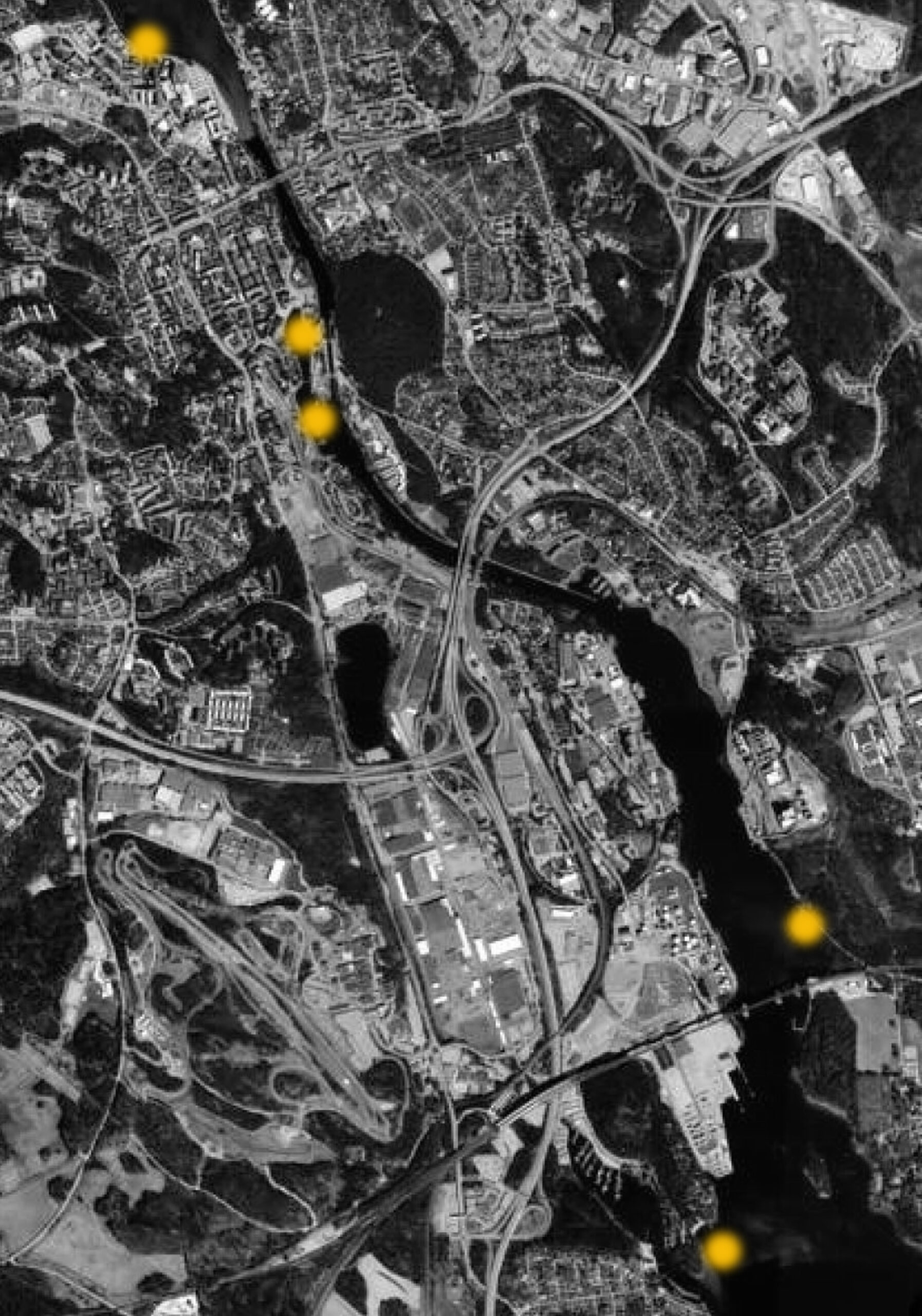

Södertälje konsthall presents unique exploratory art projects through a collaboration with Konstfack and the course Art in the open space – social dimensions, ecologies and negotiations where eight professional artists, designers, scenographers and architects worked with Södertälje’s harbor area in various proposals on how artistic approaches and methods can contribute to city design.
Proposals for public art to Södertälje by:
Tove Dreiman, Å Lipka Falk, Andreas Jonasson, Joanna Lombard, Jennie Stolpe, Erik Ternstedt, Malin Tivenius and Yemisi Wilson.
Tove Dreiman. Waterway Worries
A proposal for a public artwork highlighting the story of Södertälje Canal through sculptural fountains, depicting two fictional characters: Ojja – the one who is plagued by the past, and Nojja – the one who is tormented by the future…
SÖDERTÄLJE CANAL was originally a natural waterway. A deep cut through the landscape, which was the fastest connection between Lake Mälaren and the Baltic Sea. Over time the land uplift made the waterway more shallow and narrow. Boats had to be rolled on logs, jobs were created and the city of Södertälje grew. Eventually the water had become too shallow for the big boats around the 1000s. Since then, a navigable waterway through Södertälje has been a bitter and long-drawn-out issue. Several centuries and many attempts later, the canal was finally realized in 1819, after 13 years of digging by hand. Södertälje regained its key fairway. The traffic and the industry that emerged around it have been important sources of income for the city. At the same time, this activity has caused major pollution. Studies of the water quality in the area show high levels of toxic substances. During dredging (excavation work on the seabed), these toxins are released from the bottom and stirred into circulation in the water. Today, new building projects are underway, with further dredging of the canal in order to enable passage for even larger boats. Critics say that the already delayed project will only mean marginal improvements at enormous costs and increased risks to the environment: Should an accident occur, causing dangerous substances to leak into the water, it would mean a disaster for the two million people who today get their drinking water from Lake Mälaren. Meanwhile, another problem is approaching, ominous and worldwide: the sea level is rising increasingly faster due to the warmer climate. Even if all carbon emission were to stop today, the sea will continue to rise for several hundred years. SMHI estimates the water level in Sweden to be about 1 meter higher within 80 years. The US national climate analysis presents an even worse scenario where the sea would rise 2.5 meters within 80 years and almost 10 meters within 180 years. For Södertälje, a high rise would, among other things, mean that Lake Mälaren is transformed into a bay in the Baltic Sea, and the canal – nothing but a memory.
Sprung from the story of Södertälje Canal’s history and future, this proposal for a public artwork strives to materialize events and emotions that occur along the story. Through sculptural fountains, the story is told from two opposite time perspectives embodied by two fictional characters: Ojja – a worn-out shovel, plagued by the canal’s history, and Nojja – a squirming boat, agonized by the uncertain future.
Ojja, the worn-out shovel, lies collapsed in a stairway to the water. Exhausted, steaming and sweating (through a gentle fountain at the top of the head) from the back-breaking work of digging up the canal by hand. Materials: Metal, preferably bronze which will gain patina over time. The water is collected from the lake through the shaft and up to the head where steam and drops seep out.
Nojja, the panic-struck boat, is hovering several meters into the air, where the sea level may one day reach. Violent, irregular cascades of water hurtle from a fountain up towards the boat, causing it to wobble in different directions. Materials: Fiberglass, siren lights as eyes. The boat is carried by a stainless arm standing on the lake bottom. The boat and arm are jointed with a ball joint, allowing the sculpture to move. The intended location of the fountains is Inre Maren, a cove of the canal, centrally situated in close proximity to Storgatan and Södertälje station. The water is enclosed by a promenade land a footbridge that barring boat traffic. A boardwalk runs along the water and a footbridge blocks all boat traffic. Both fountains run around the clock, all year round. During the winter, at really low temperatures, ice formations might grow on the sculptures.
Tove Dreiman (b.1987) is an artist based in Stockholm. With visual arts as its core, her work embrace various materials and formats, such as painting, textiles, sculpture, installation and scenography. Recurring themes touch on issues of fragility and impermanence; as an individual, as a group and as a species. Experiencing friction and contradiction between one’s own body, “the body of society” and the celestial body we live on give cause to existential discomfort. Through the work, emotions of stress, desire, powerlessness and disappointment are channeled through jolly naivety, often resulting in works with a tragicomic spirit.
Website: tovedreiman.se
Instagram: @tovedreiman

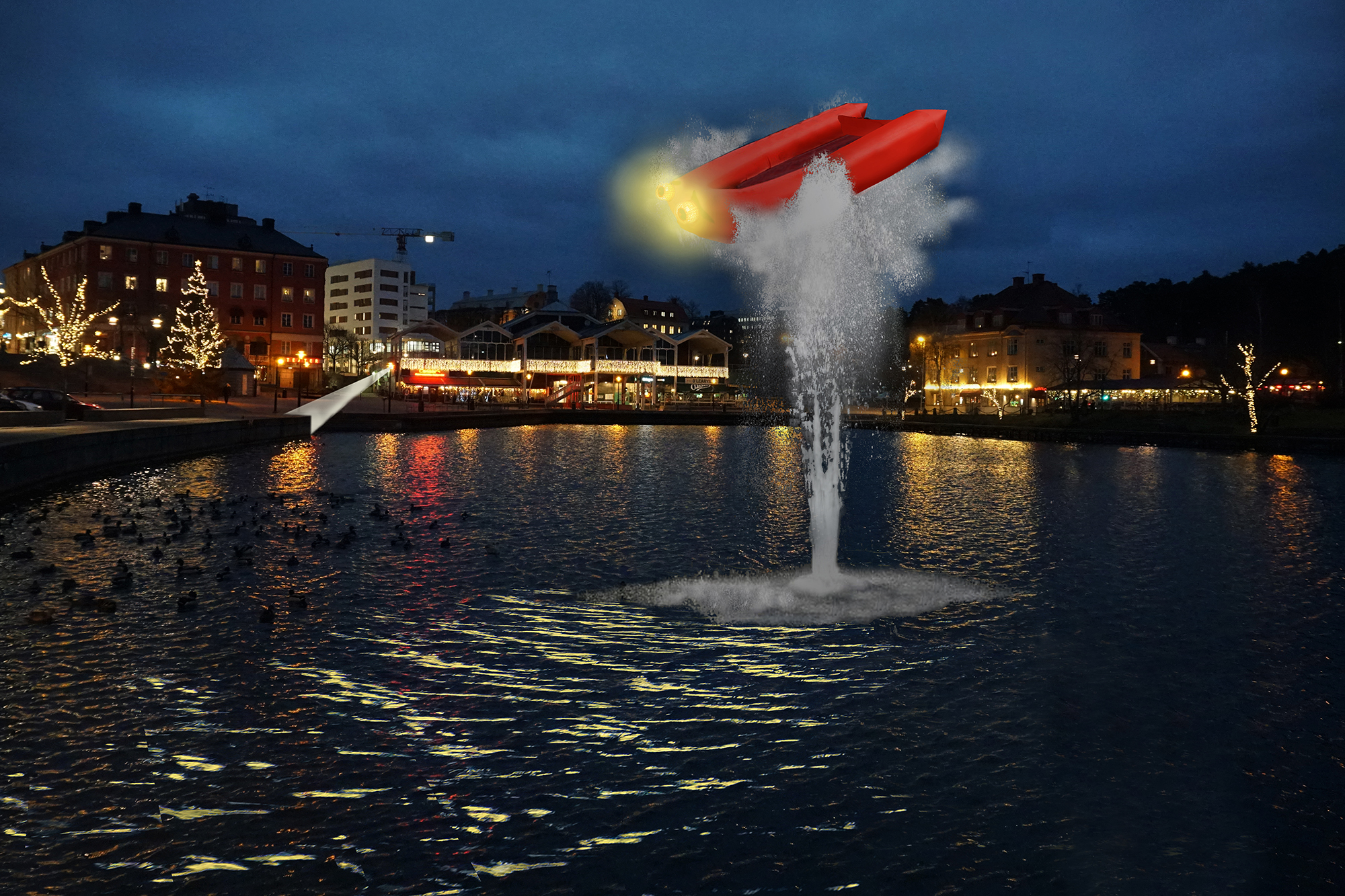
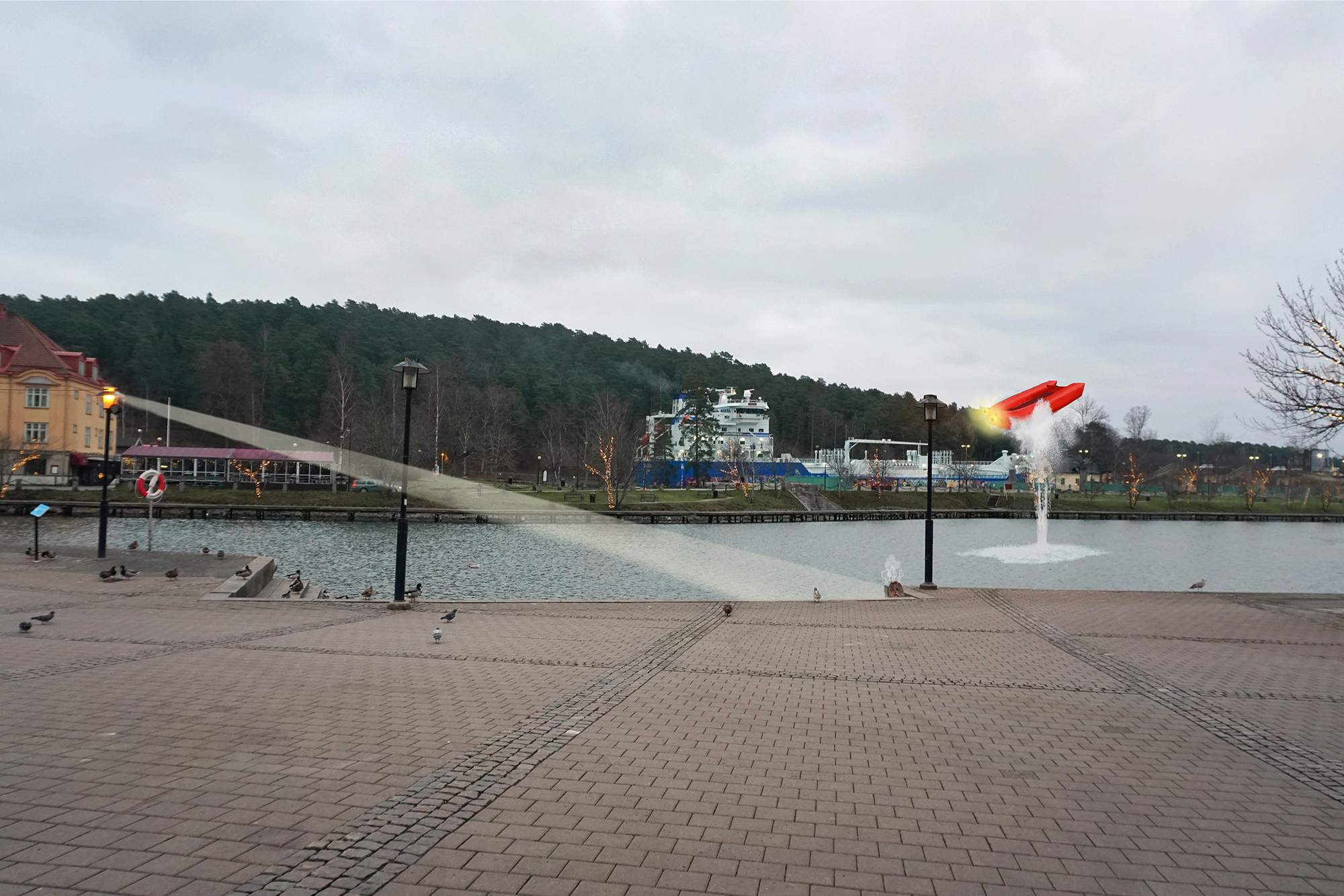
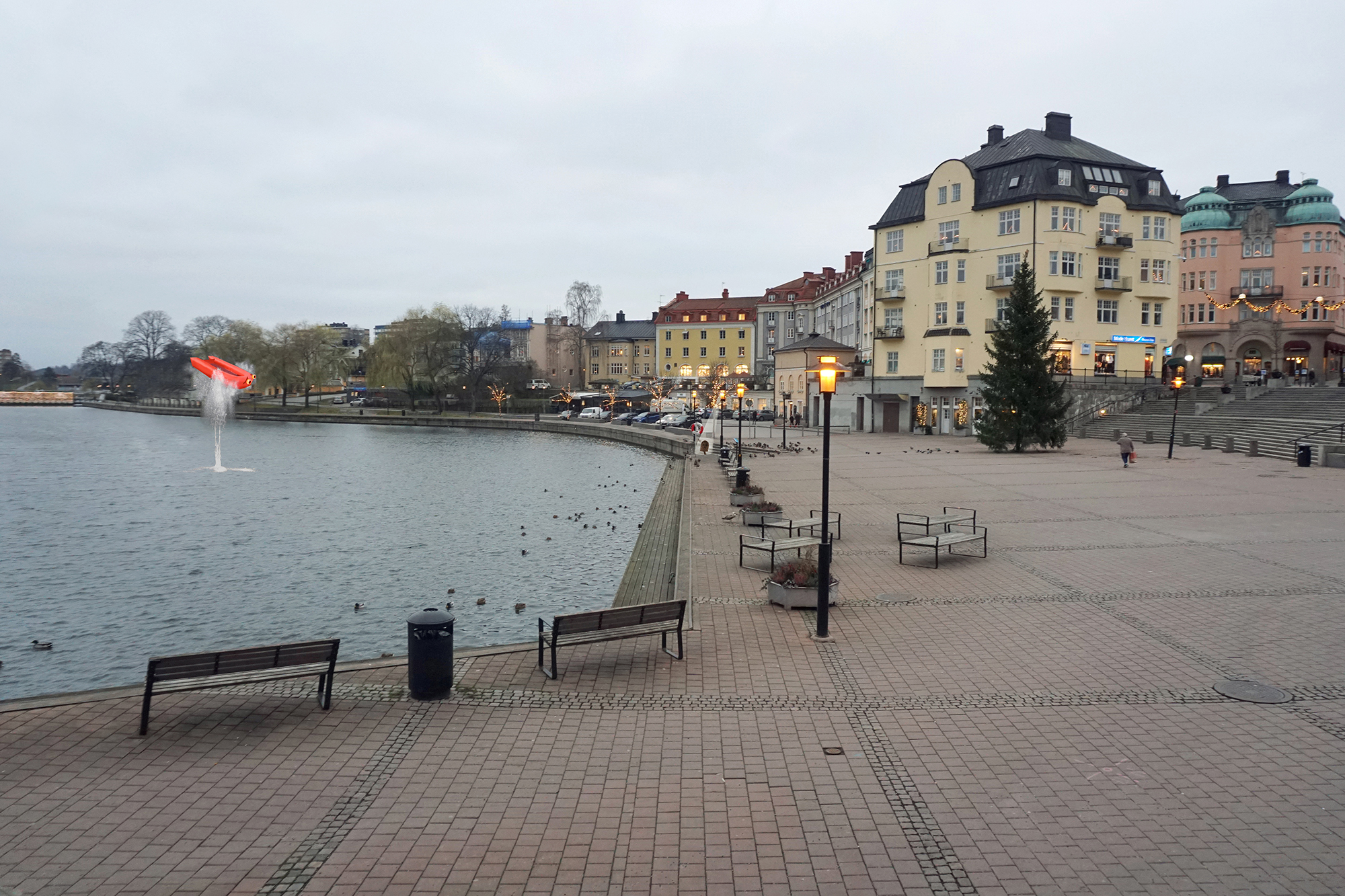
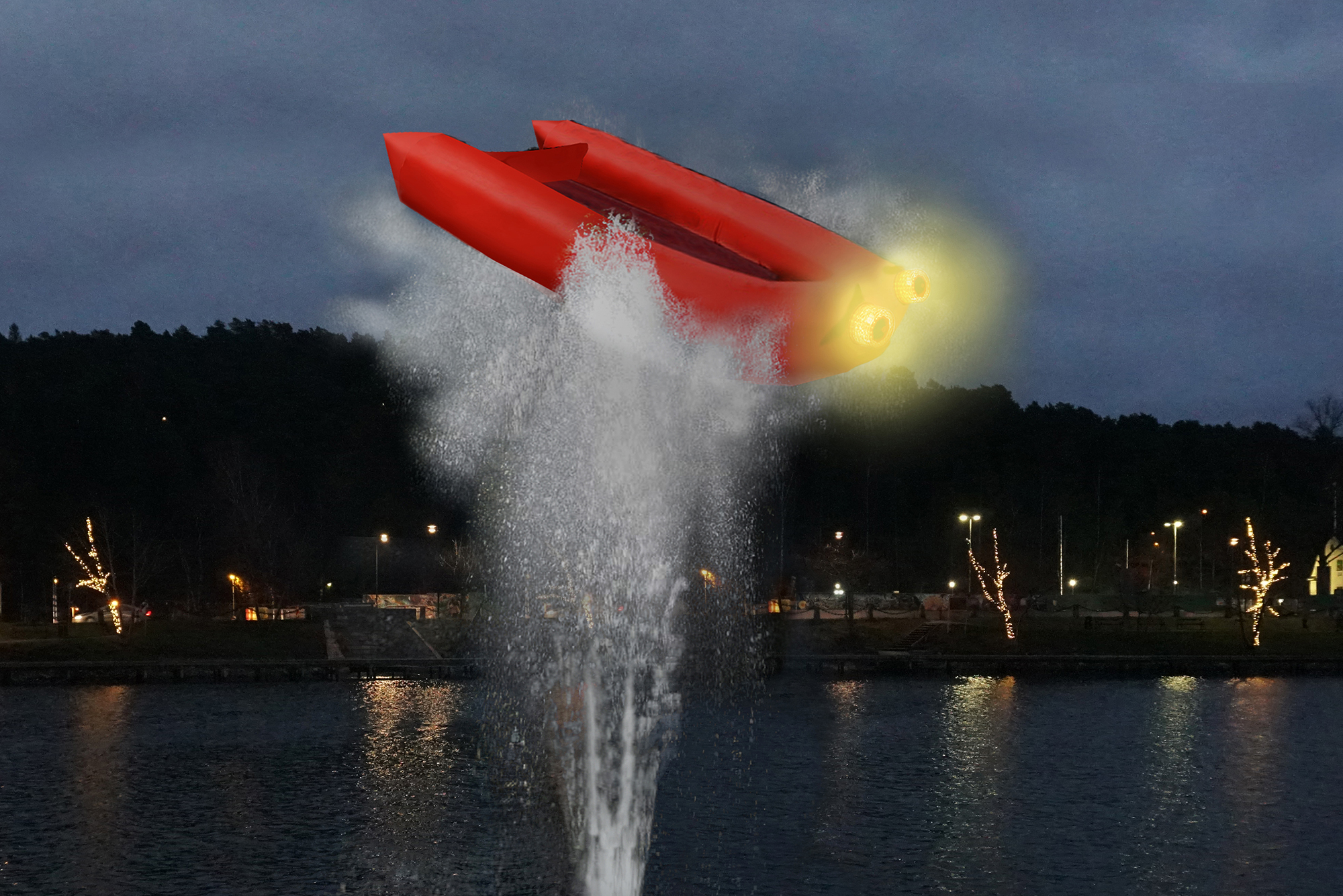
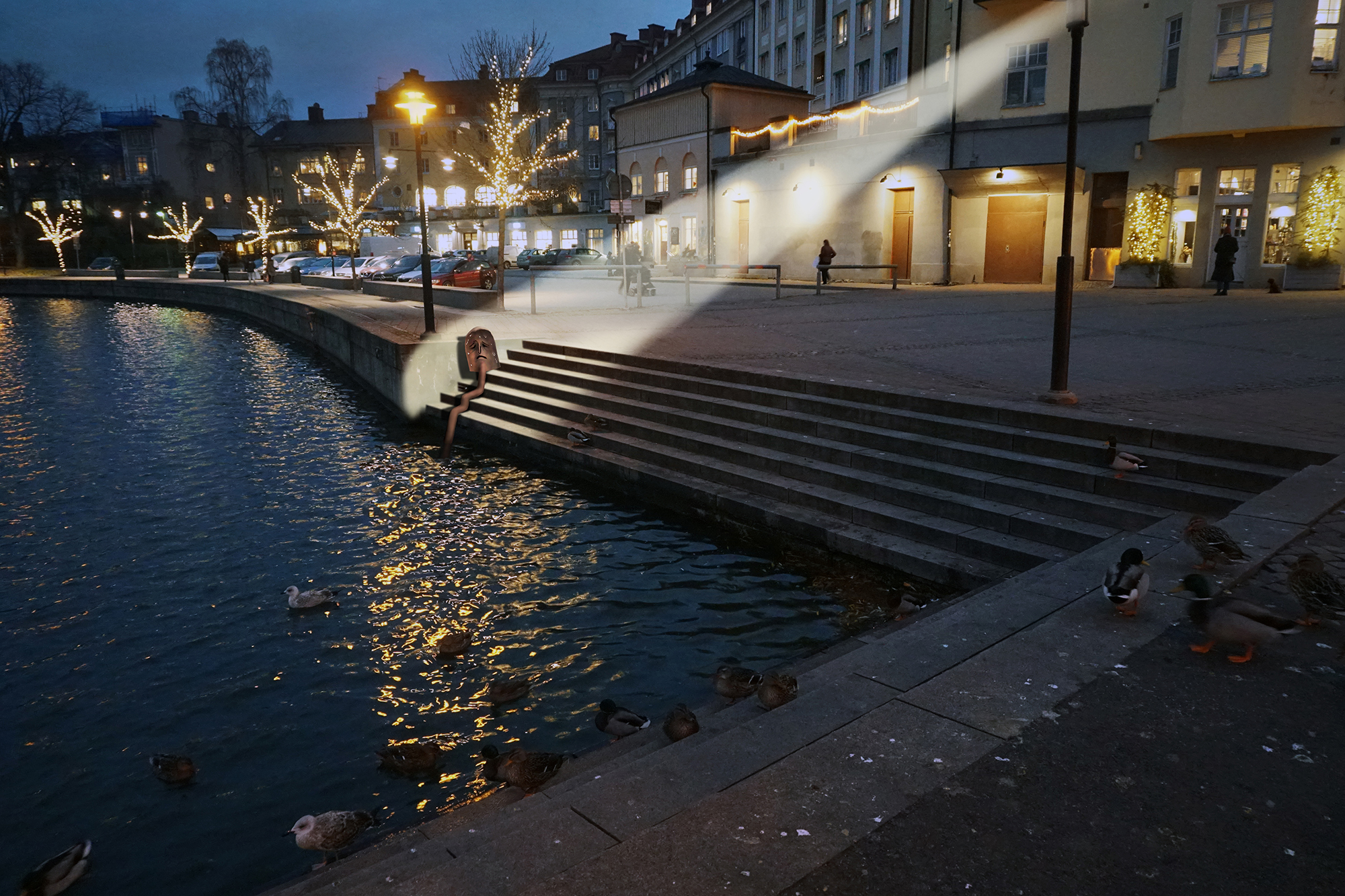
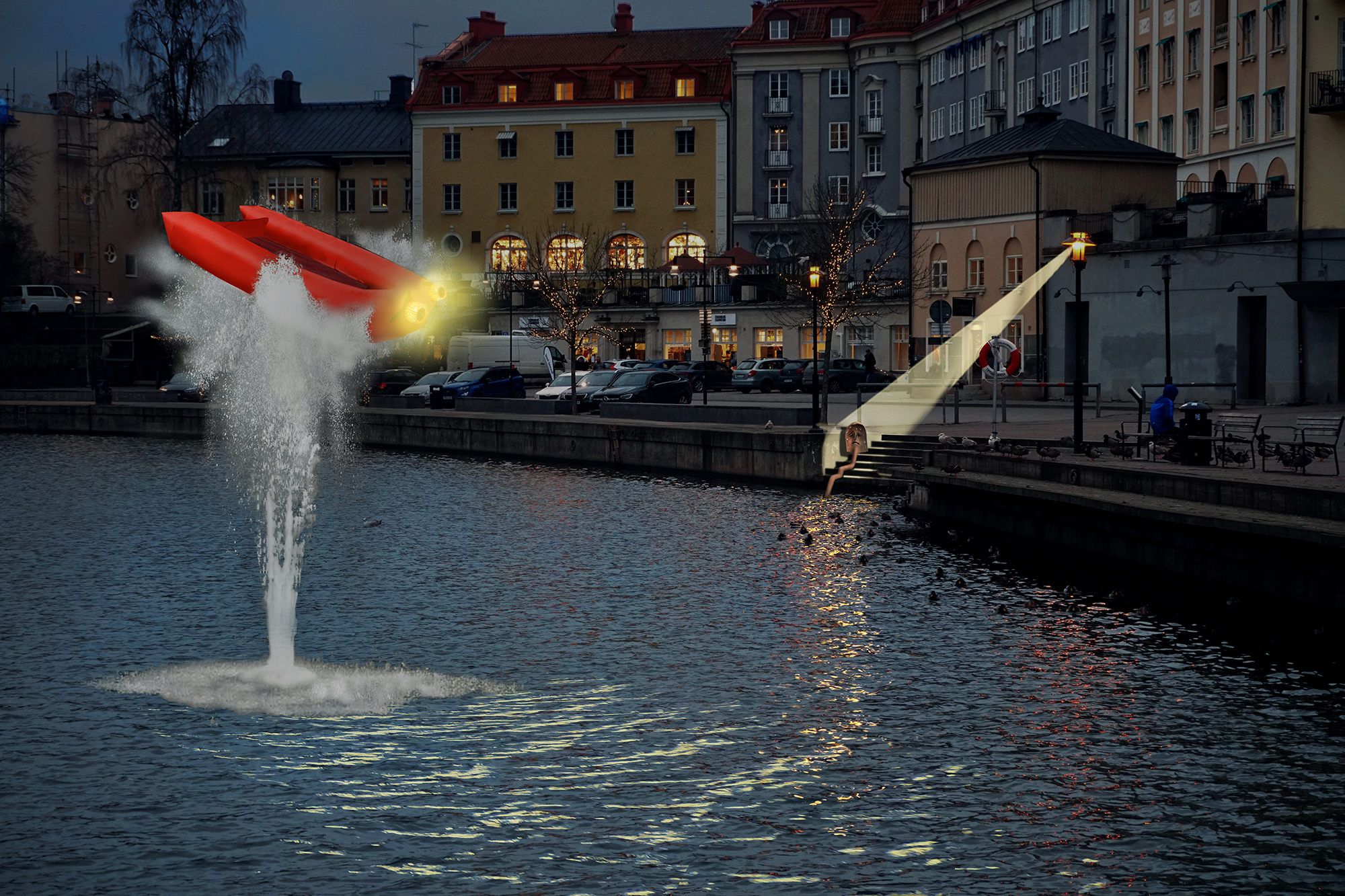
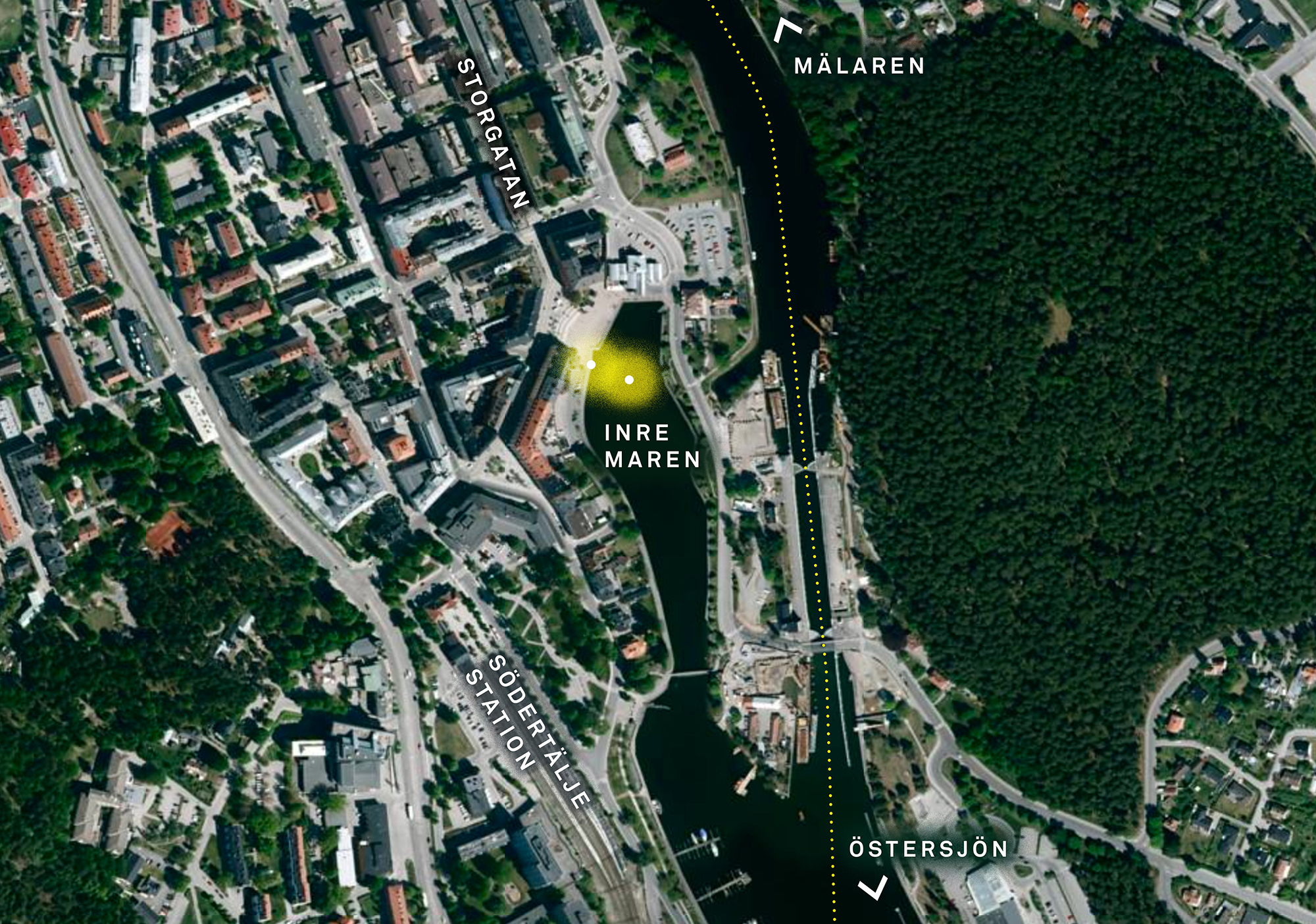
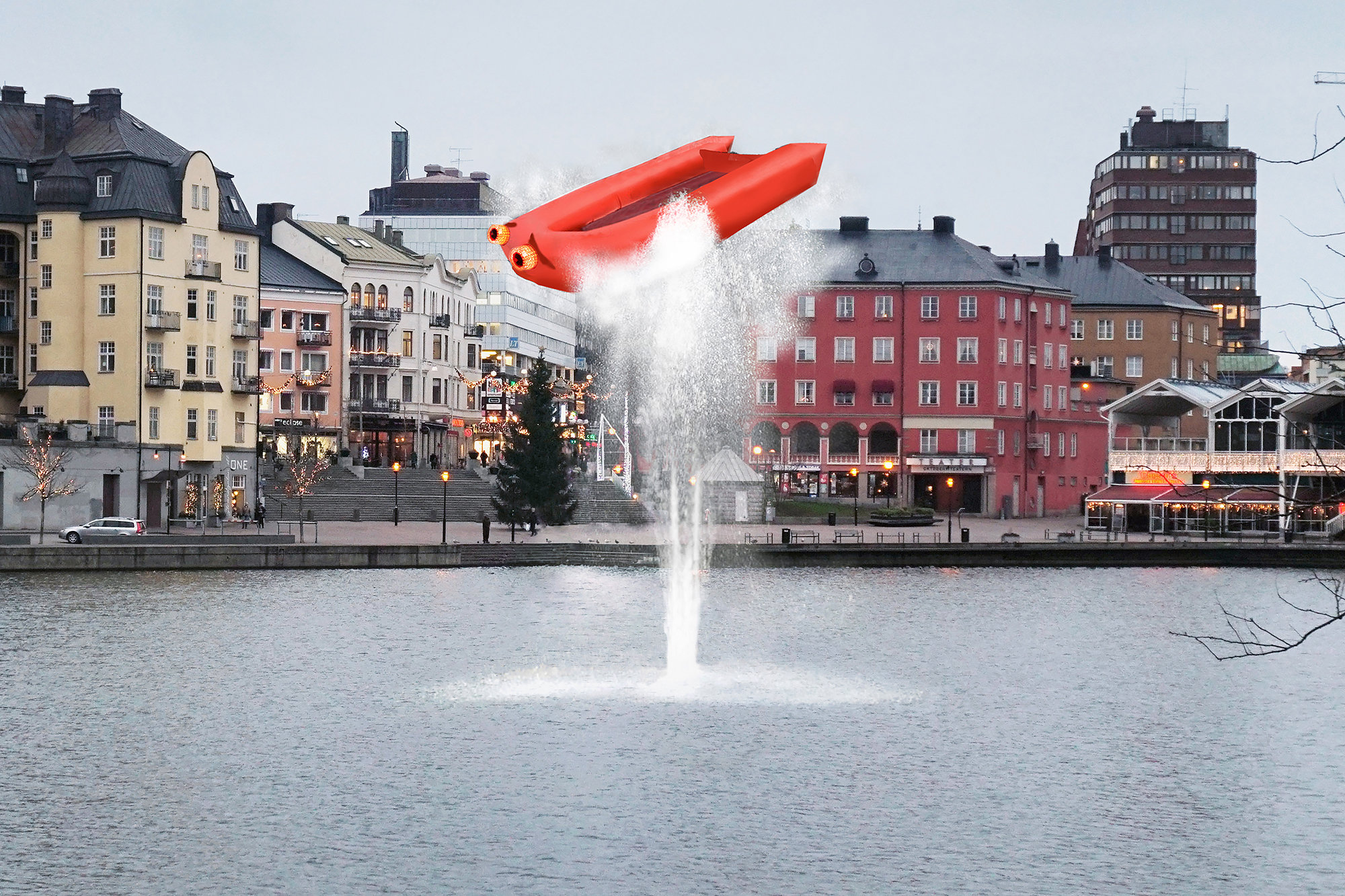
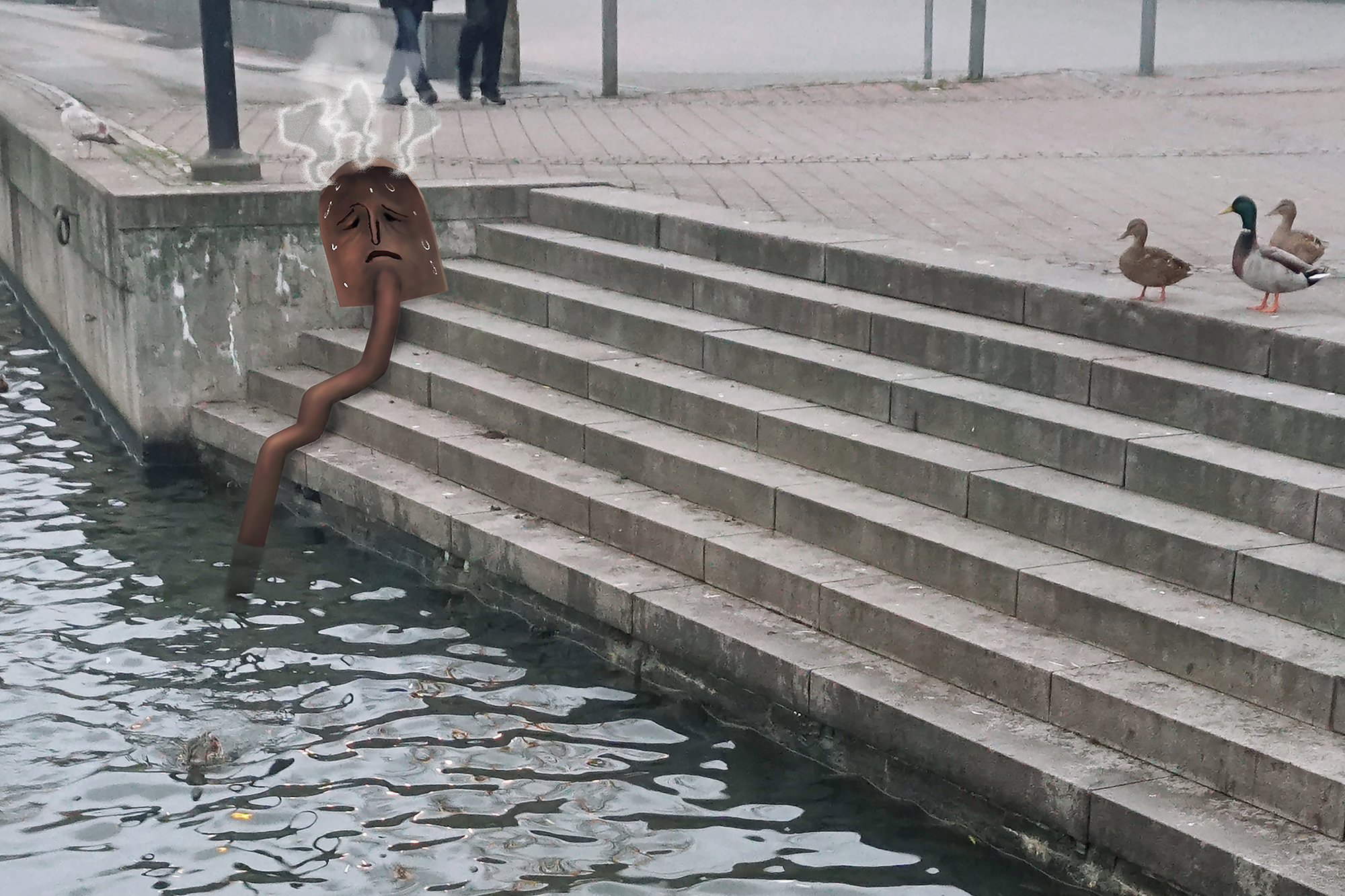
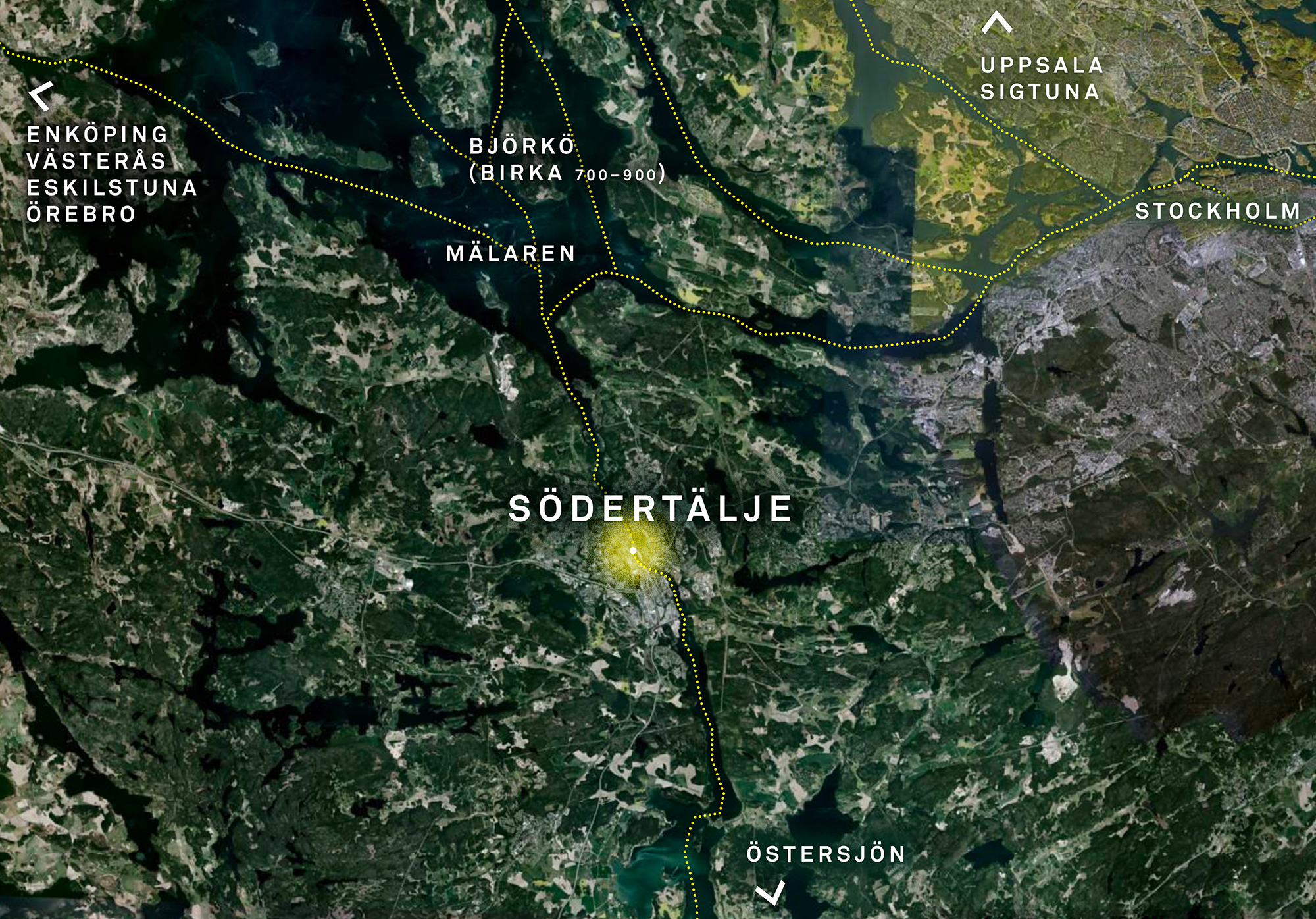
Å Lipka Falk. South of tälje. Who owns? You.
WHAT
A sound work in seven acts – seven places seven workshops. Fragments from a collected archive – voices of and with Södertälje residents of different ages with different backgrounds – leak into the city. Small hidden audio devices to be detected, you need to get close to listen. Fragments of stories humming singing whispering are mixed in a randomly generated system. Graft is planted in the city.
Who is Södertälje?
Everyone’s voices!
A parallel text work in different shapes and formats leaks into the city – fragments of stories thoughts memories dreams voices to be found stuck fluttering freely in your pocket patches voices words we do together in a short series of workshops.Formats range from small pieces of paper and posters to a neon word placed somewhere in the city?
Who is Södertälje?
Everyone’s voices!
WHERE
Sound and text works are planted in the city. Places are crystallized after an initial period of workshops: research, walks, meetings with Södertälje residents, local partners and conversation partners. As an introduction to the project (if possible) an act with sound recordings and conversations in and around the exciting and culturally protected boiler center Isbrytaren 1 – in the harbor by the canal where the city opens onto the sea. Can a boiler plant – which in itself symbolically tells of a system that spreads, distributes, distributes – be transformed into a house, a room for sound, music, readings, meetings – a place for everyone’s voices.
HOW
A series of workshops with groups of different ages and with different backgrounds – who are interested in exploring the city’s voices and sounds. Meetings where we share stories, texts and words in sound and in writing. Changing words, memories, dreams, longing, everyone’s voices are mixed. We meet in conversations, walks, reading, recording, listening – voices are mixed. The project is carried out planned and planted in collaboration with local partners – such as associations, organizations, school, library – cultural school?
ANTIQUARIAN PRELIMINARY INVESTIGATION ICEBREAKER 1 – BOLIER PLANT ETC
The entire facility with boiler plant, connection building and the original hall building carries great cultural-historical values from both building and technology-historical, architectural and social-historical perspective. The three buildings together constitute a very well-preserved and distinctive overall environment, where all parts are important both for the understanding of the industrial historical context and the architectural experience. The different parts have been given a different design to make the different functions visible.
Ralph Erskine was one of Sweden’s most prominent and versatile architects during the latter part of the 20th century, who with his characteristic organic design language has made a great impression in the various fields of architecture. Erskine was also of great importance as an industrial architect and his buildings and facilities are an important part of Sweden’s industrial cultural heritage.
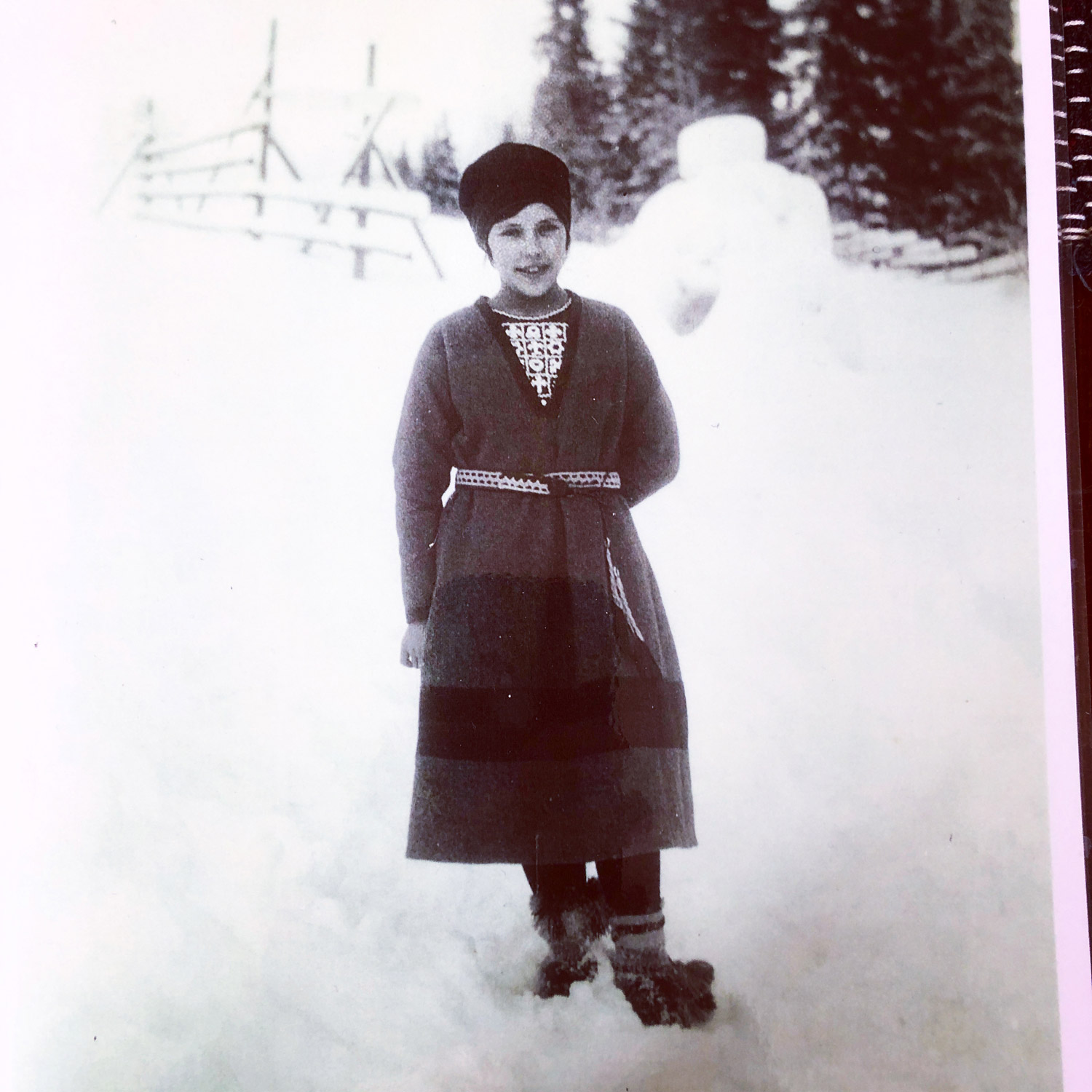
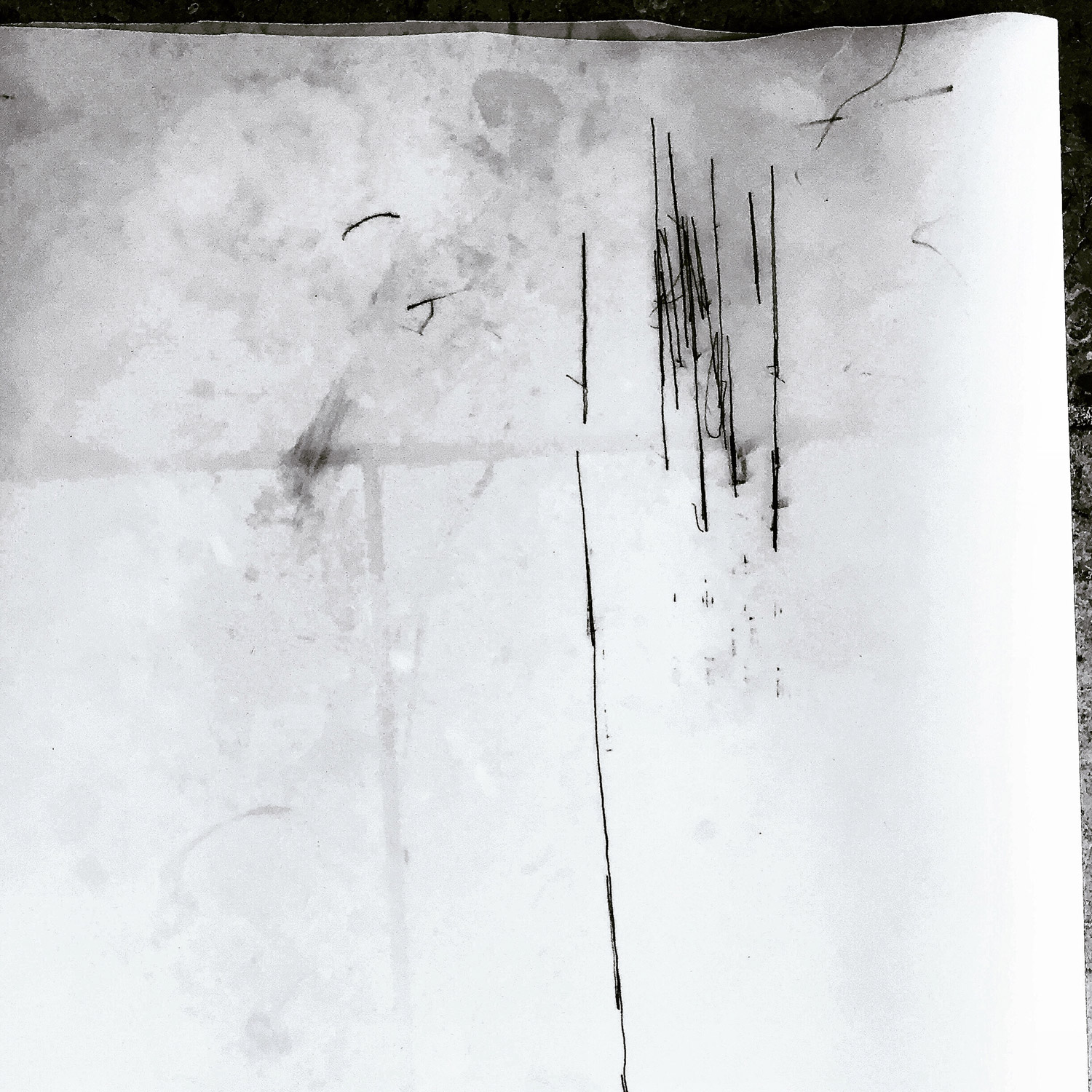
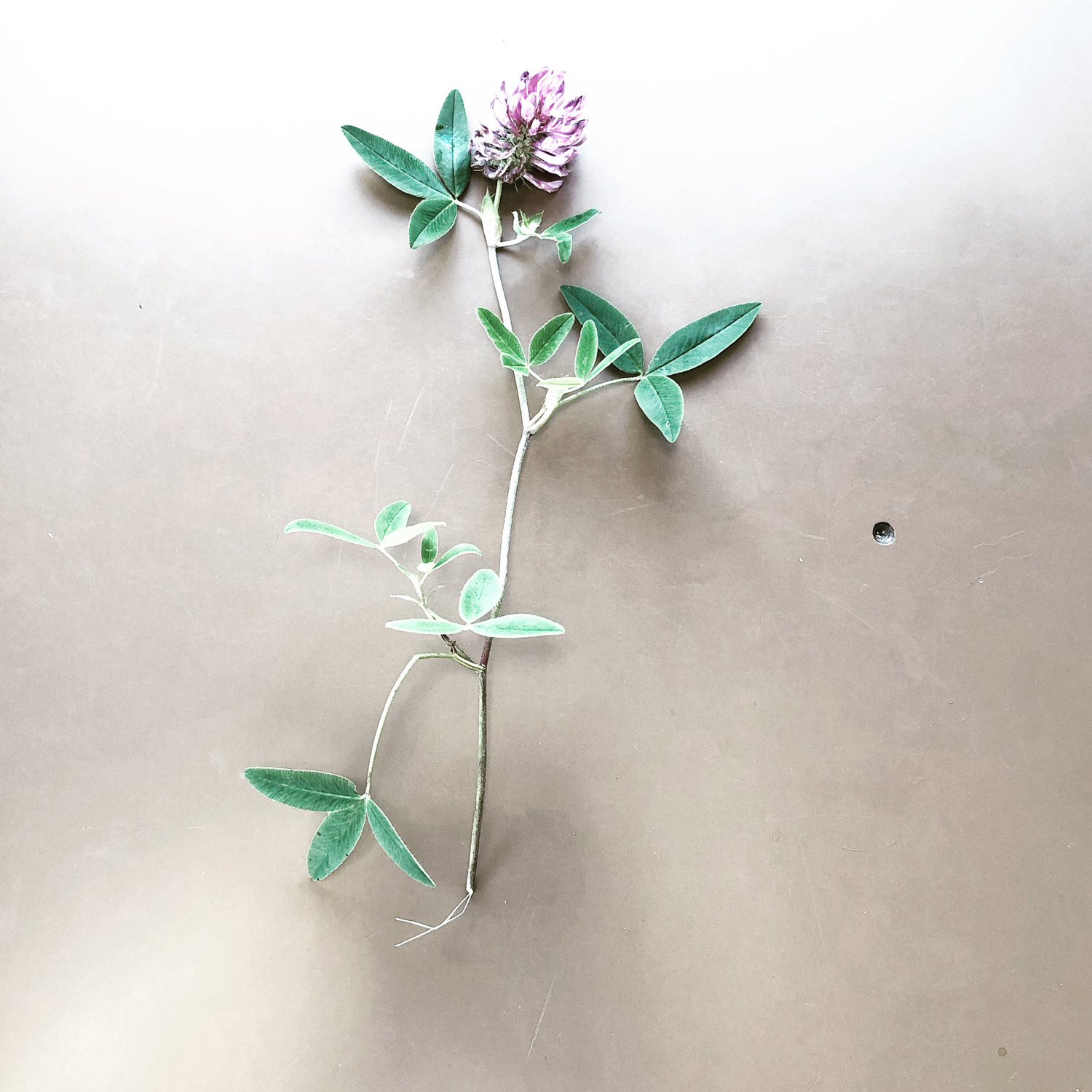
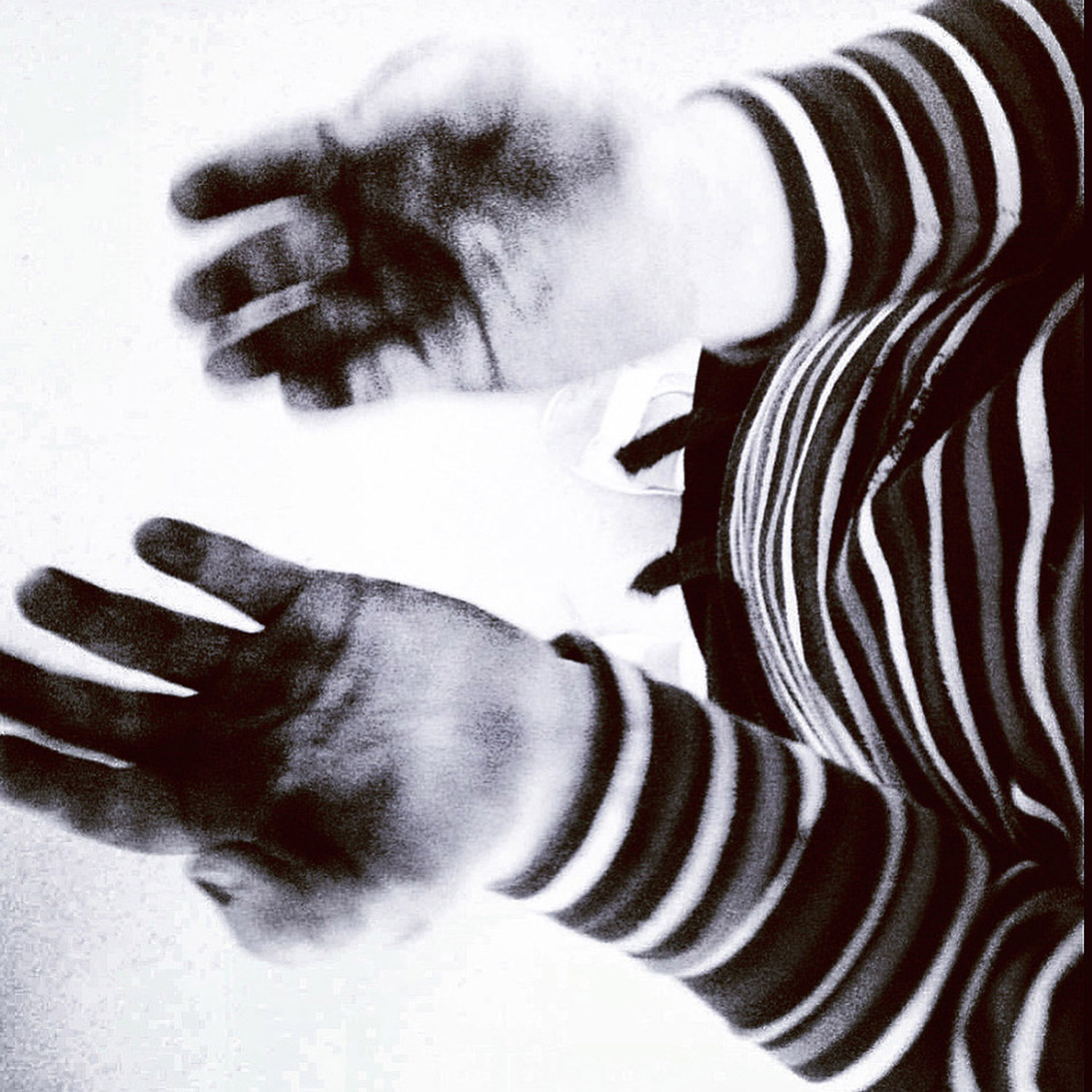
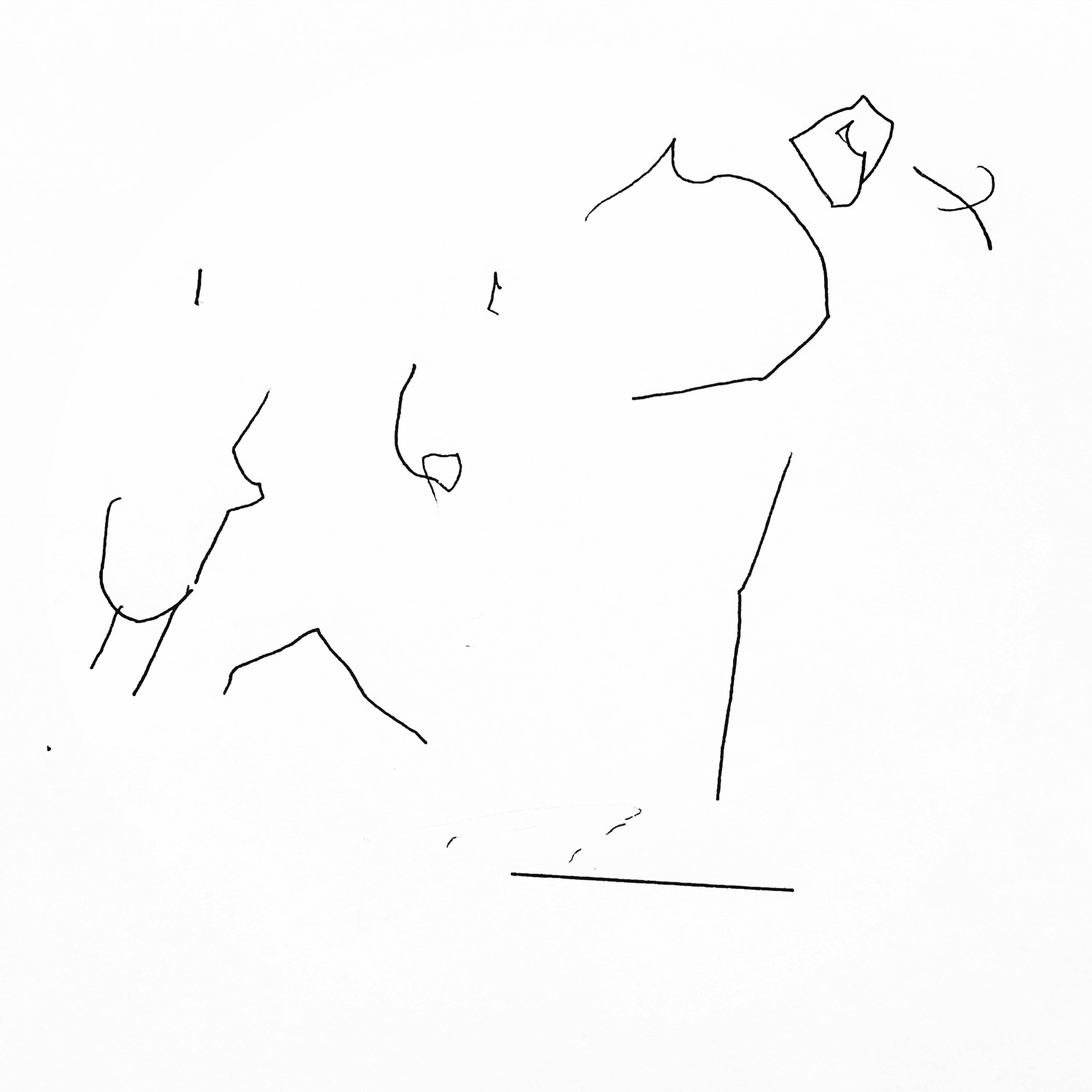
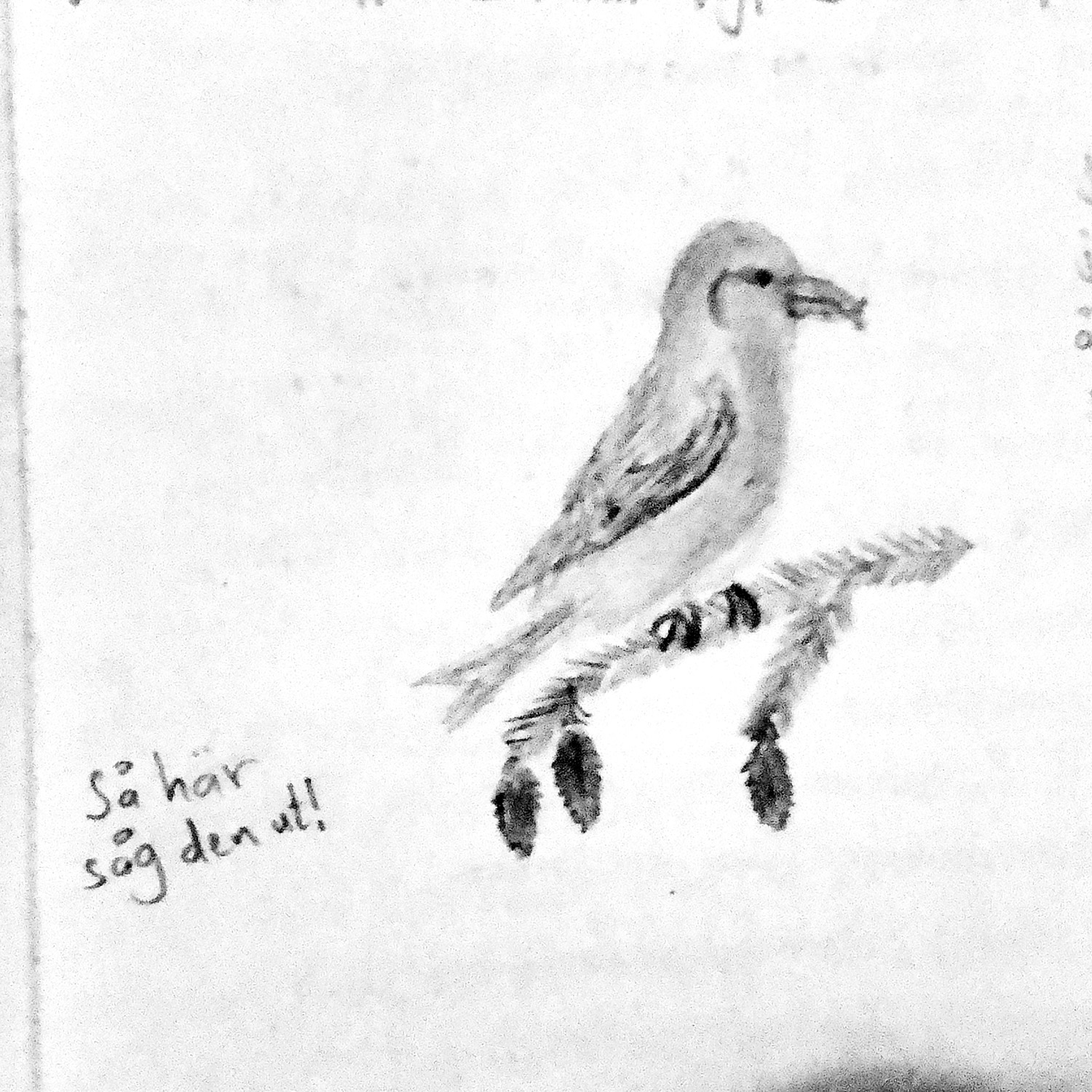
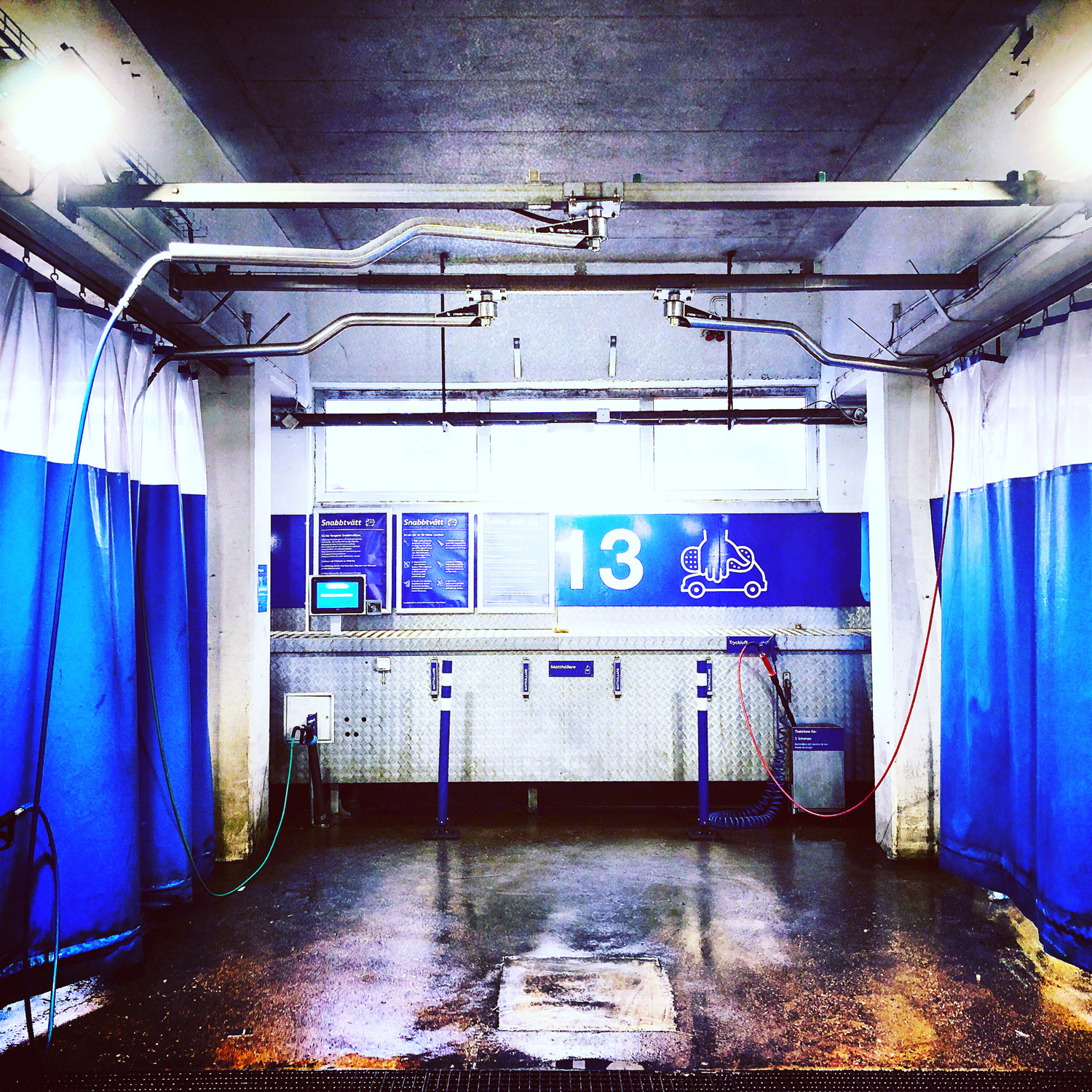
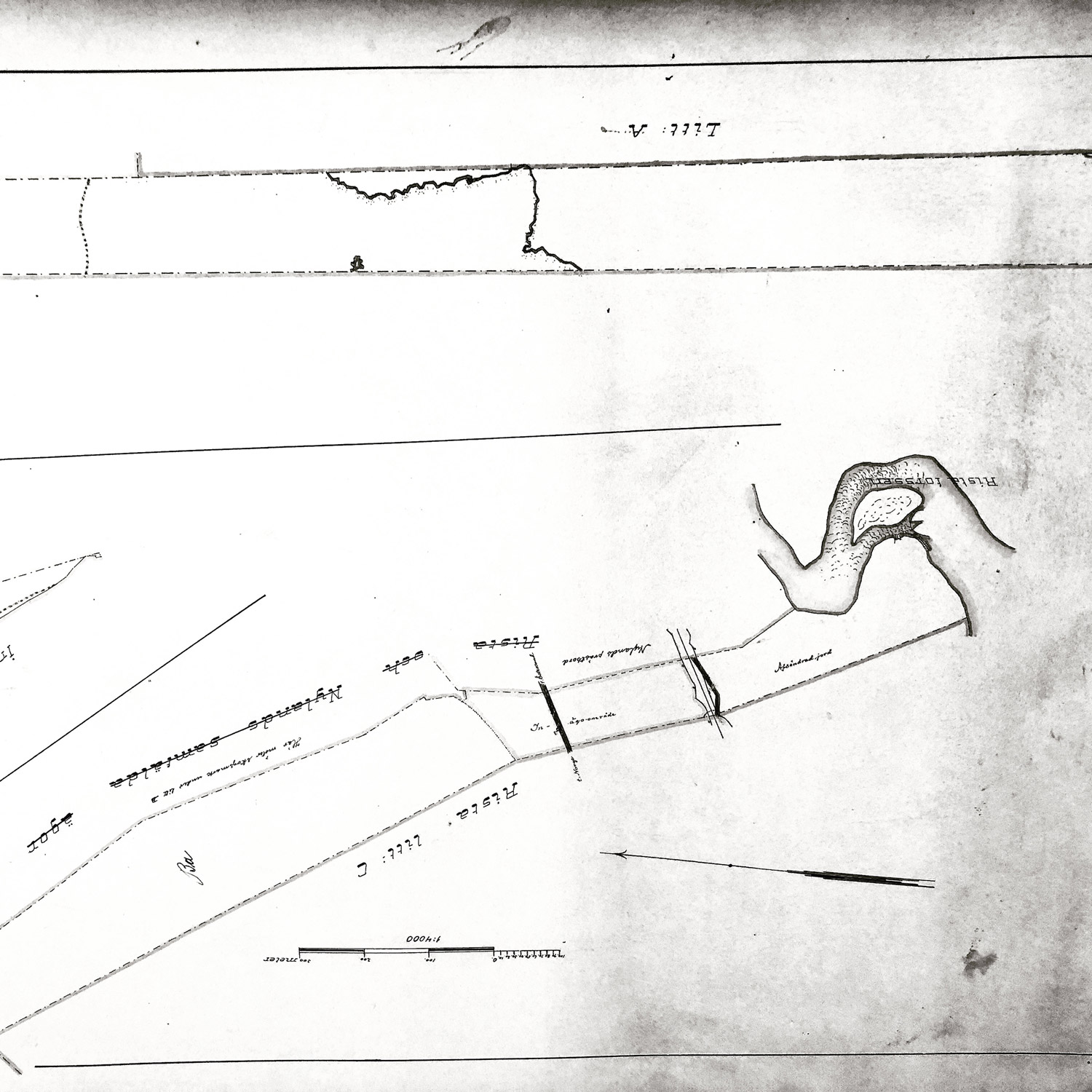
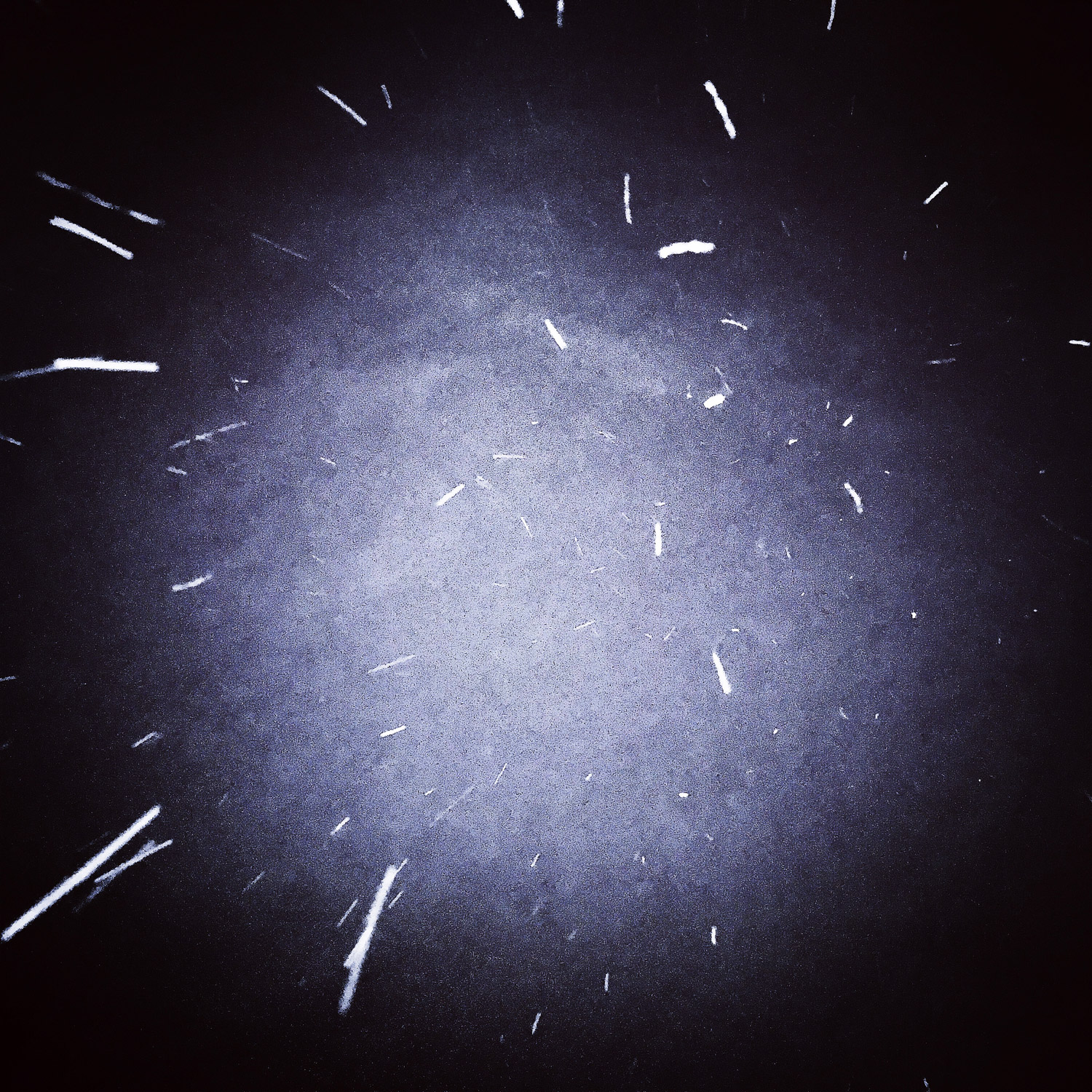
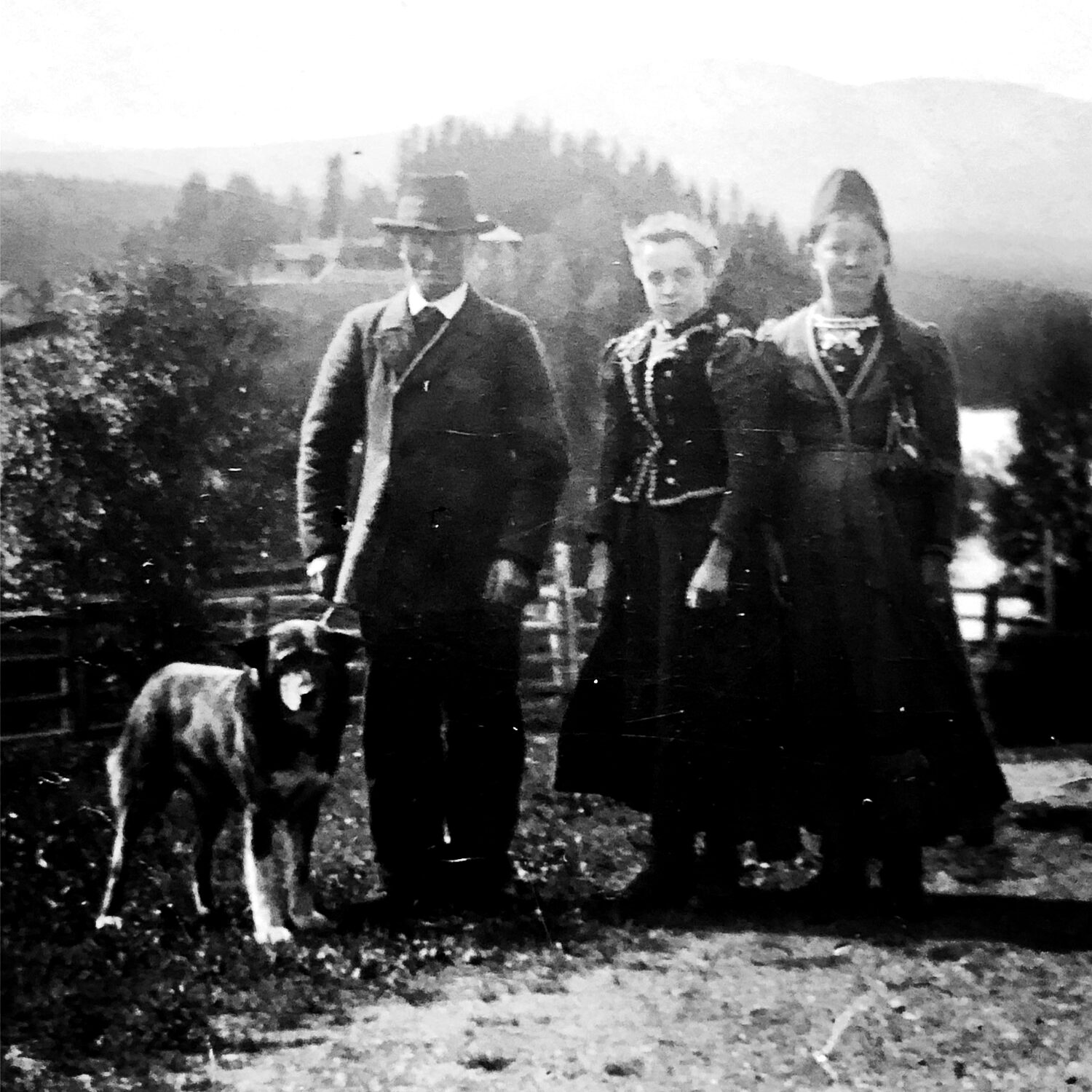
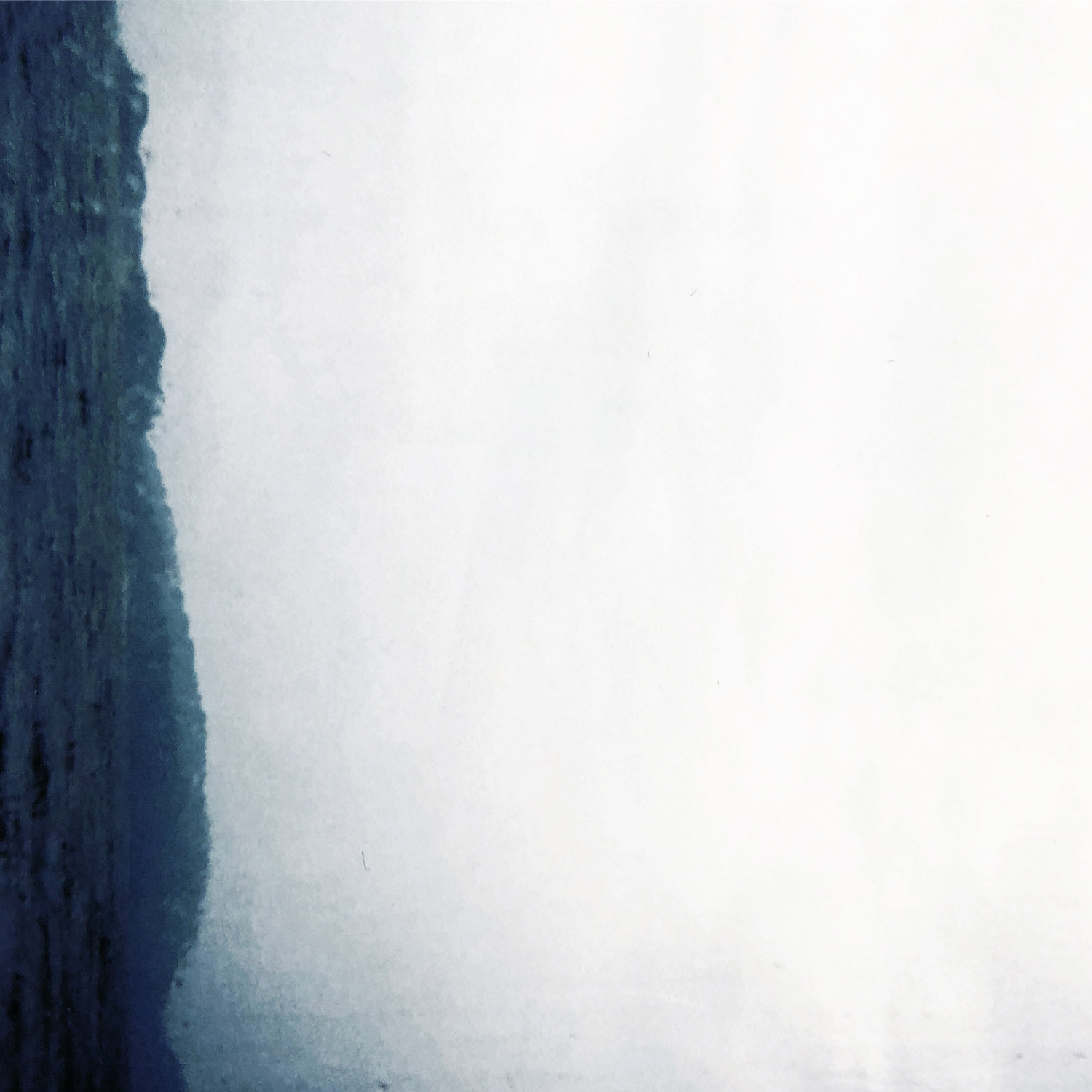
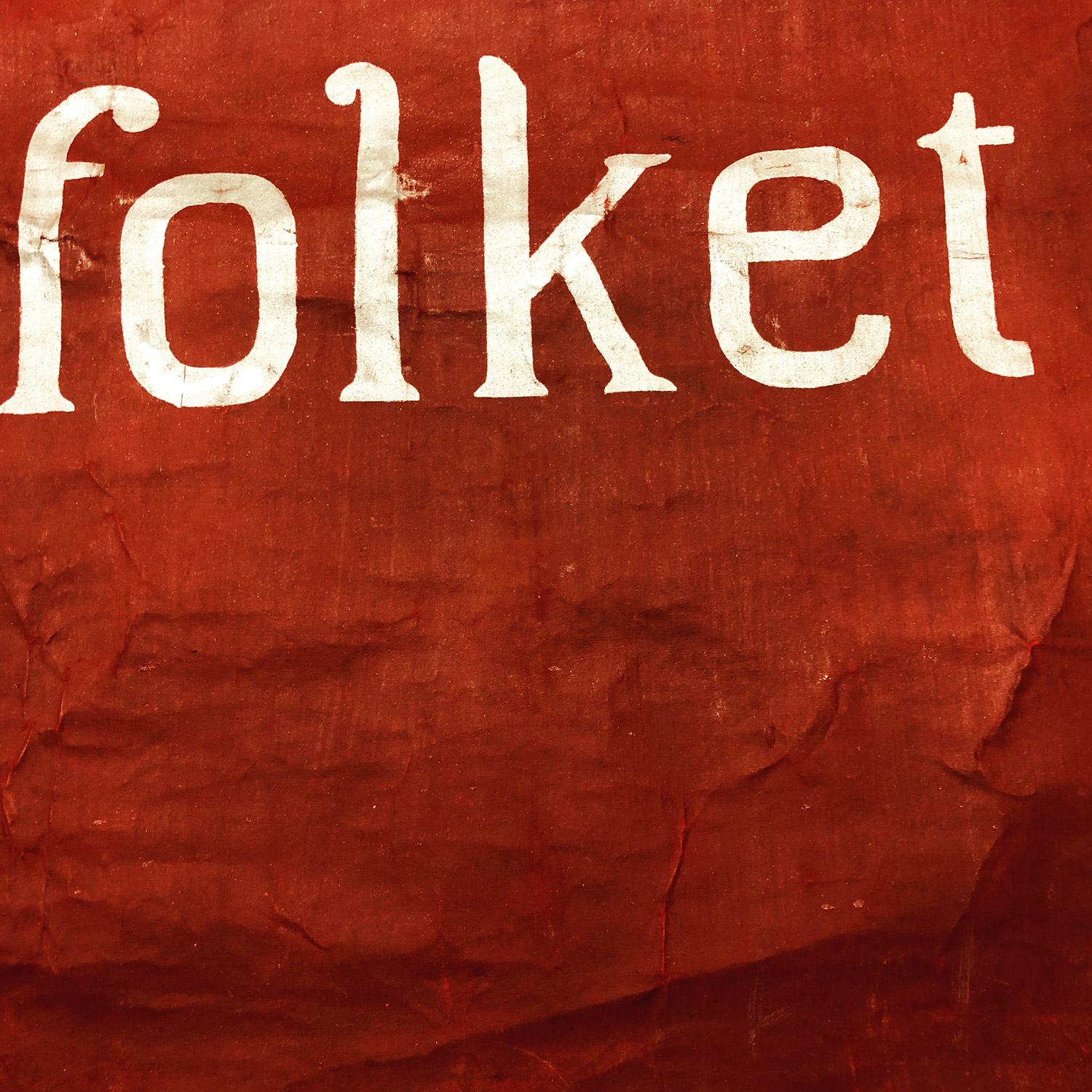
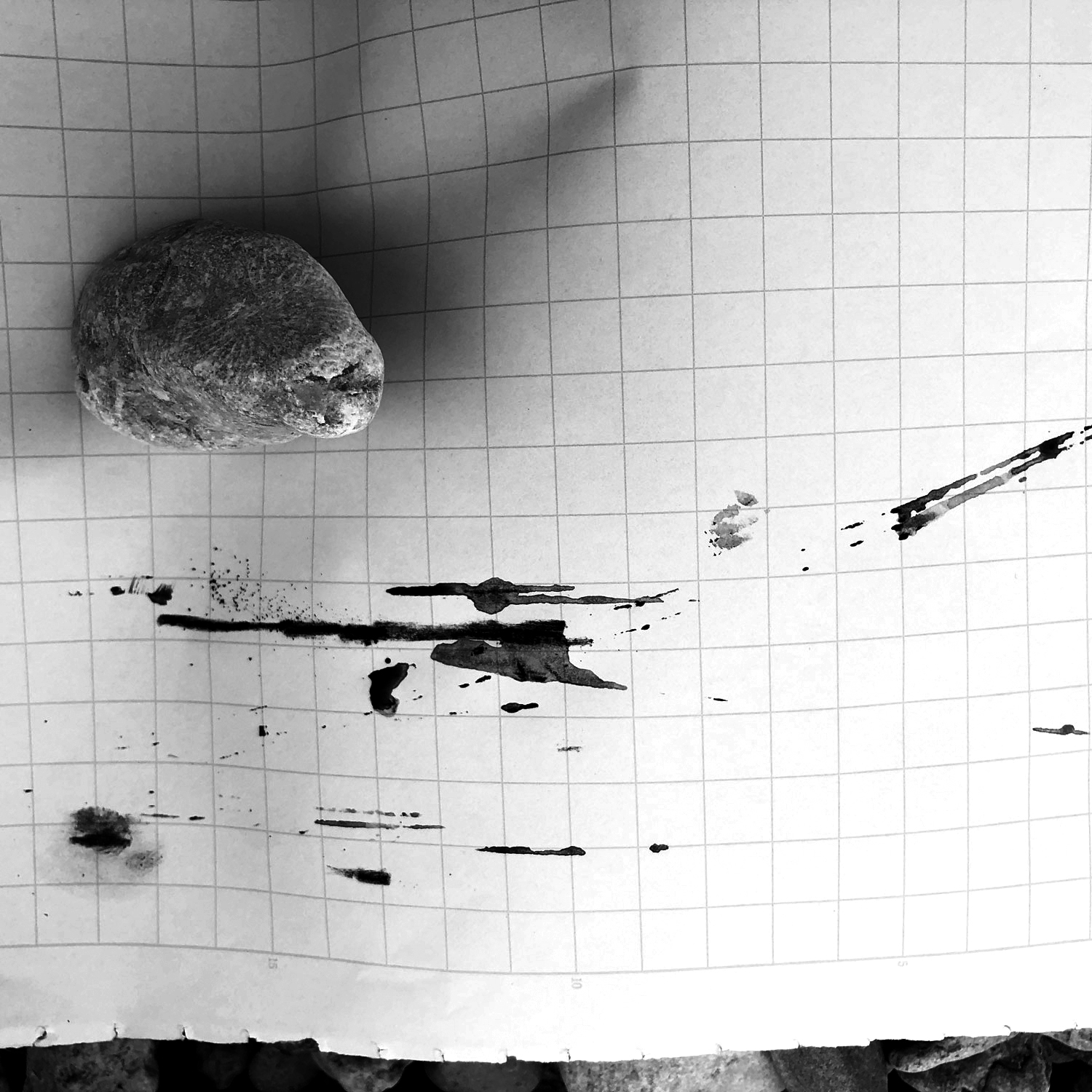
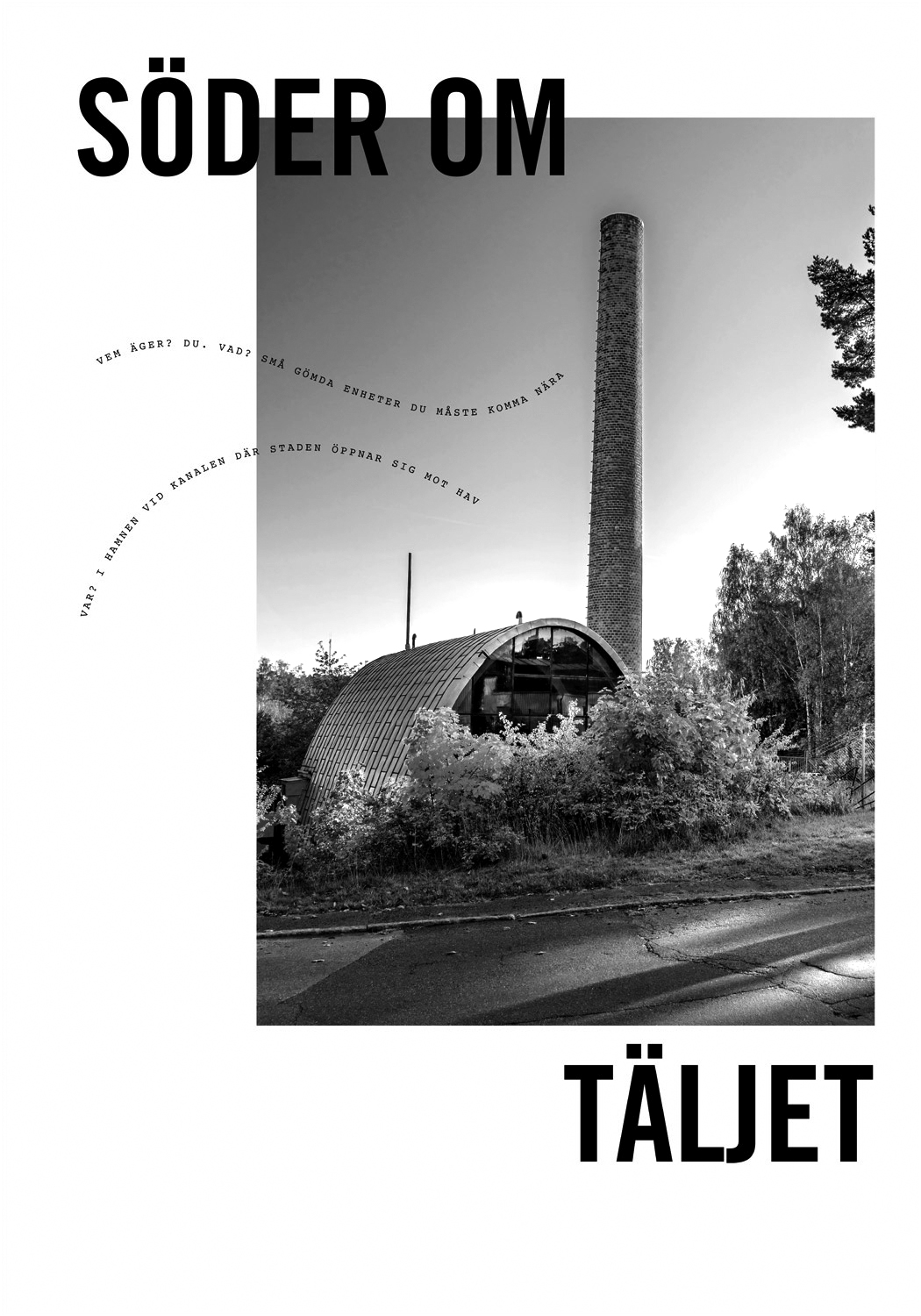
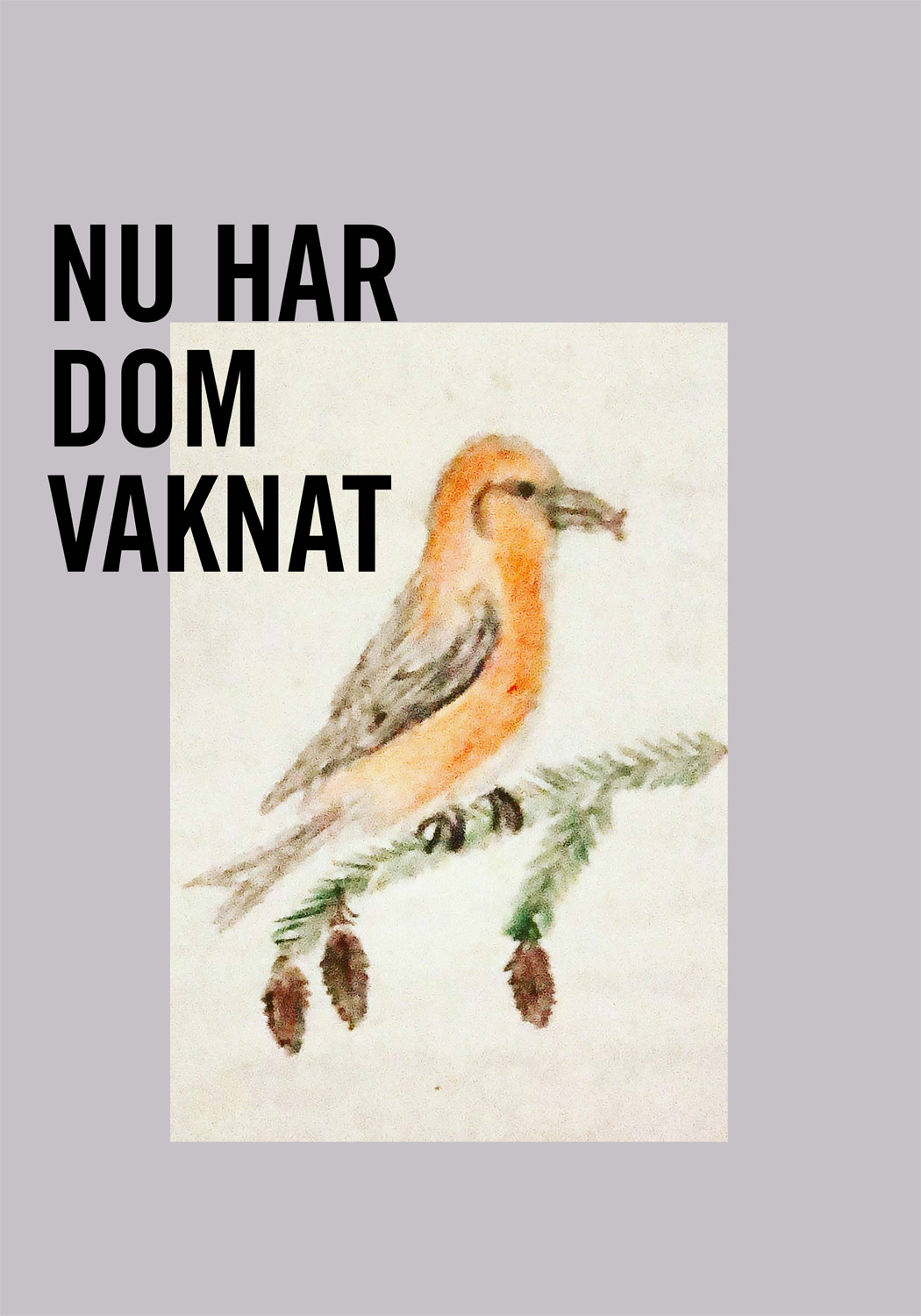
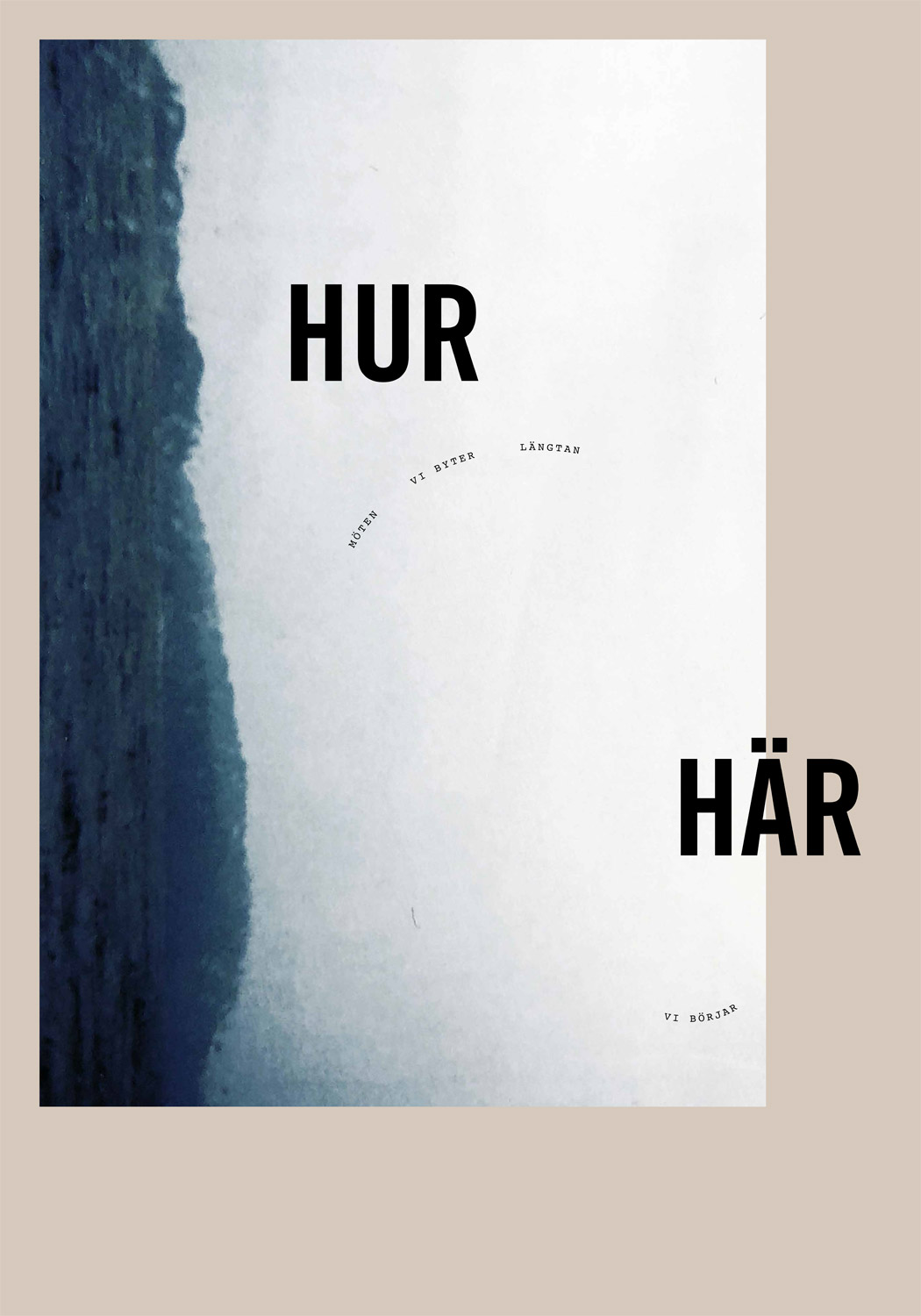
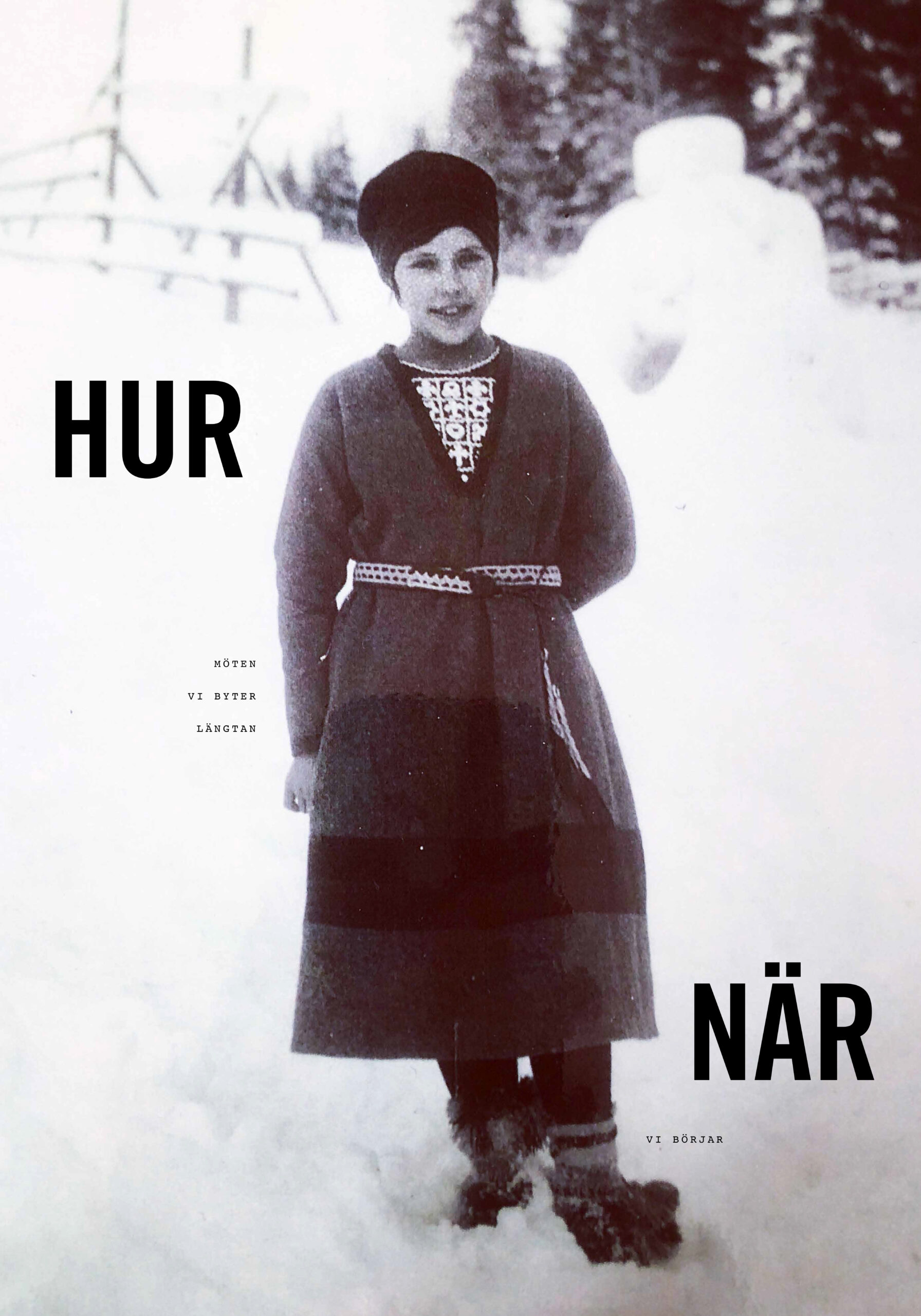
Andreas Jonasson Södertälje sauna fleet
Södertälje was once a popular seaside resort. After the industrial era that followed, only fragments of this remain today. Maybe it’s time to revive the bathing culture again? This could take the form of floating sauna pavilions in selected locations in the city. Stationary near the fairway but with the possibility of moving out on the water in other places. An individual sauna, or a number of, could be managed by an association. The sauna pavilions would be allowed to be expressive and identity-creating in the city and in the water space. Contemporary interpretations of woodwork from the old days. A combination of digitally supported production and self-construction, innovative materials and recycled, a specially developed technical and aesthetic concept for a revived bathing culture.
In the future, it may be interesting to have your own sauna raft, by yourself or with others, much like an allotment cottage. Maybe Näsets udde can be a base for such a movement?
Andreas Jonasson, architect
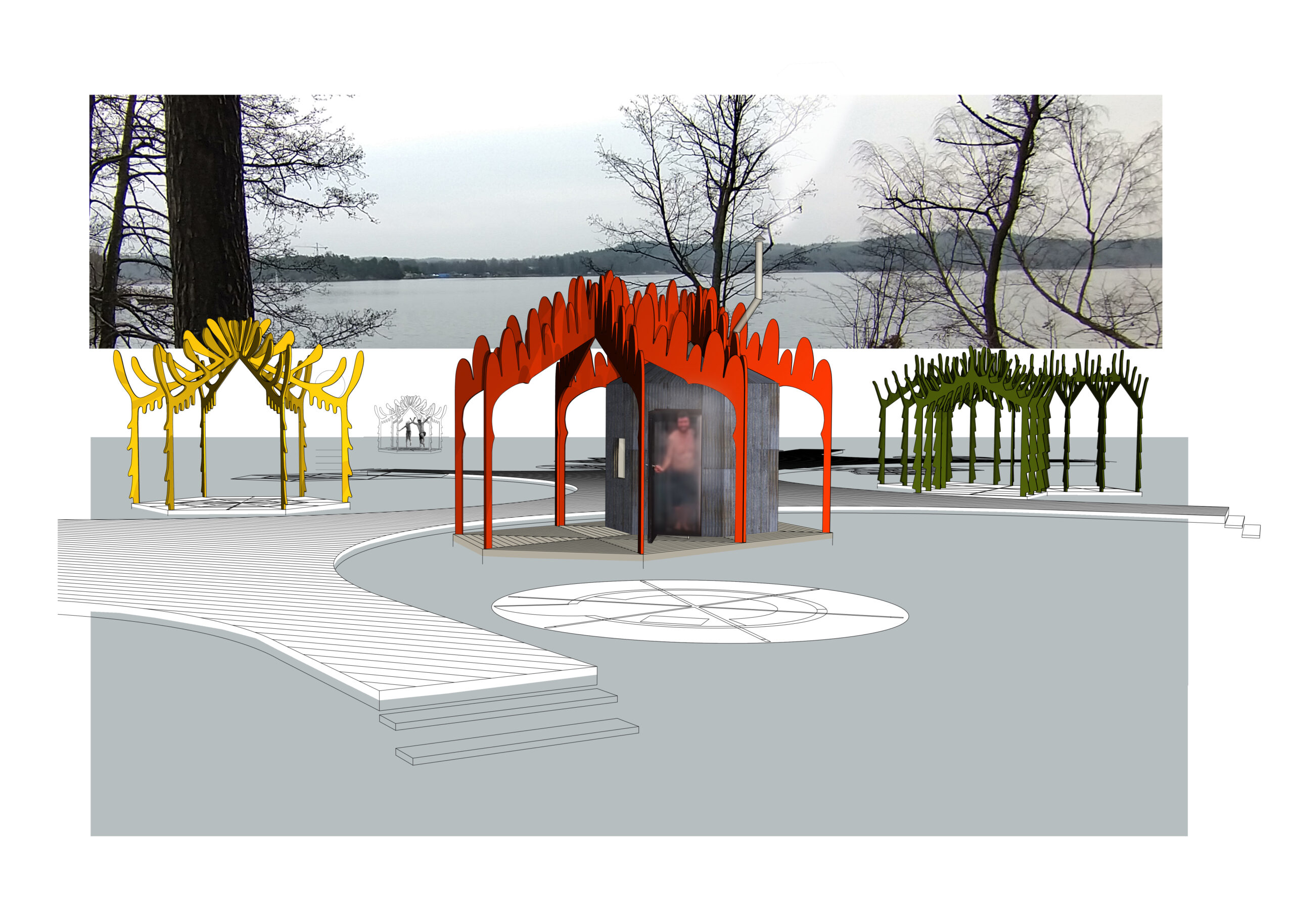
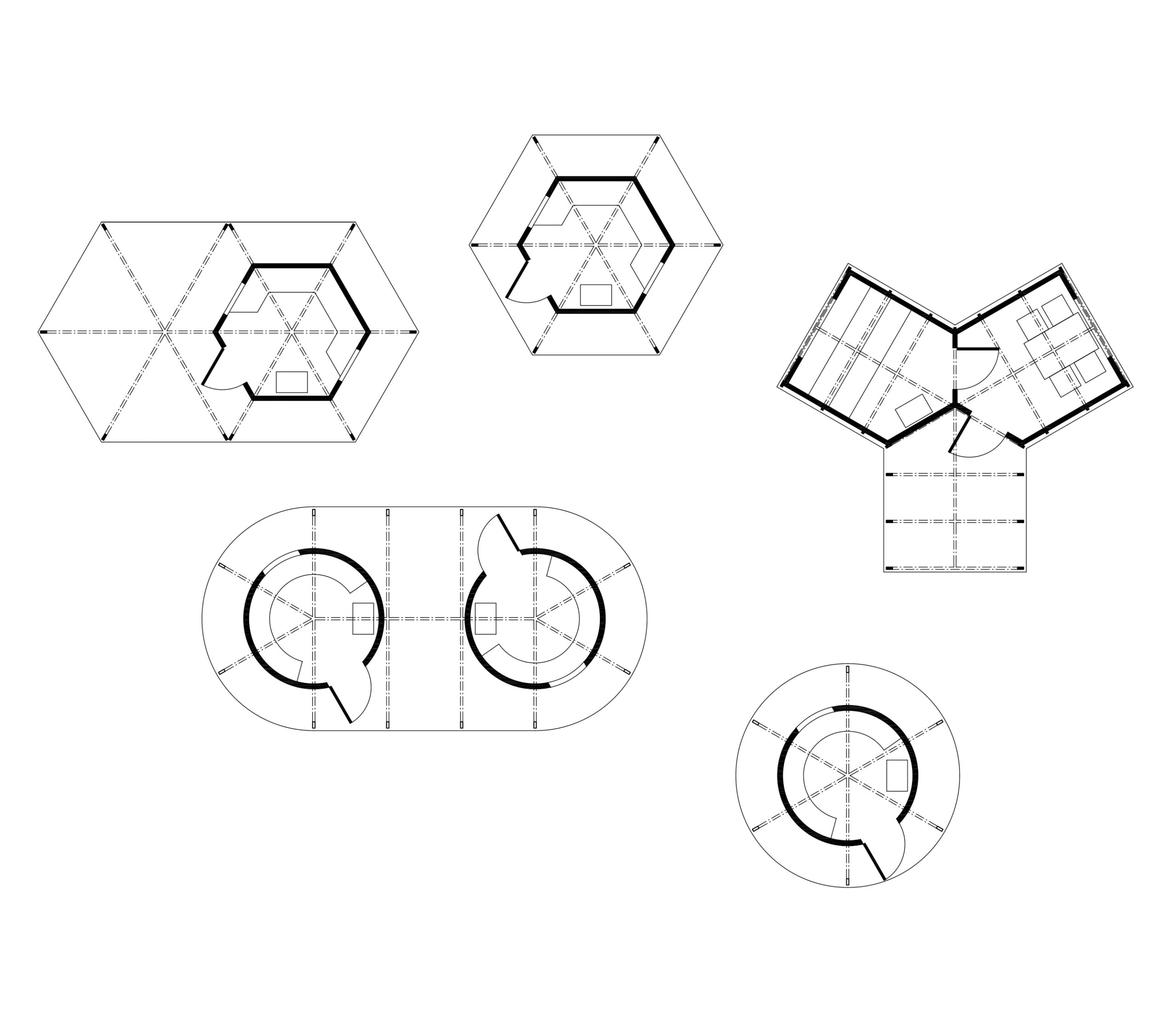
Joanna Lombard. O X Y G E N
My proposal is taking its point of departure in process of change that begins when oxygen meets metal. Oxidations. An oxygen process arises in the metal. It was at the scrapyard Södertälje harbour that I began to think and associate around metals. A series of questions arose; where do the metals come from? Which human hands meet the metals during their production paths? Which metals are transported through Södertälje harbour? Is there a possibility of traceability, or is that a process that the petitioners do not want to make visible? What metals do we have in our body’s? What metals do I have in my body? Based on the photographs, a kind of micro perspective on an oxidation process. I want to investigate how I can use them in a public art proposal.




Jennie Stolpe. Transformation, Transportation, Of Thought
The flat symbols are challenged to sculptural forms when hung from the ceiling. They spin, bounce or move in the wind direction and change through their own movement and in the movement of the viewer’s gaze. The wavy diacritical mark becomes a symbol of vulnerability, a reminder of the uncertain and the constant changes of life. The point that stands for the definite end, also becomes uncertain and vulnerable through the movement. The sculptures are produced in different sizes and placed in Lunagallerian’s atrium and in Tingshuset’s stairwell. They are created in thin metal sheet and are given their darkness through vanta black that makes the symbols appear like voids or holes in the air.
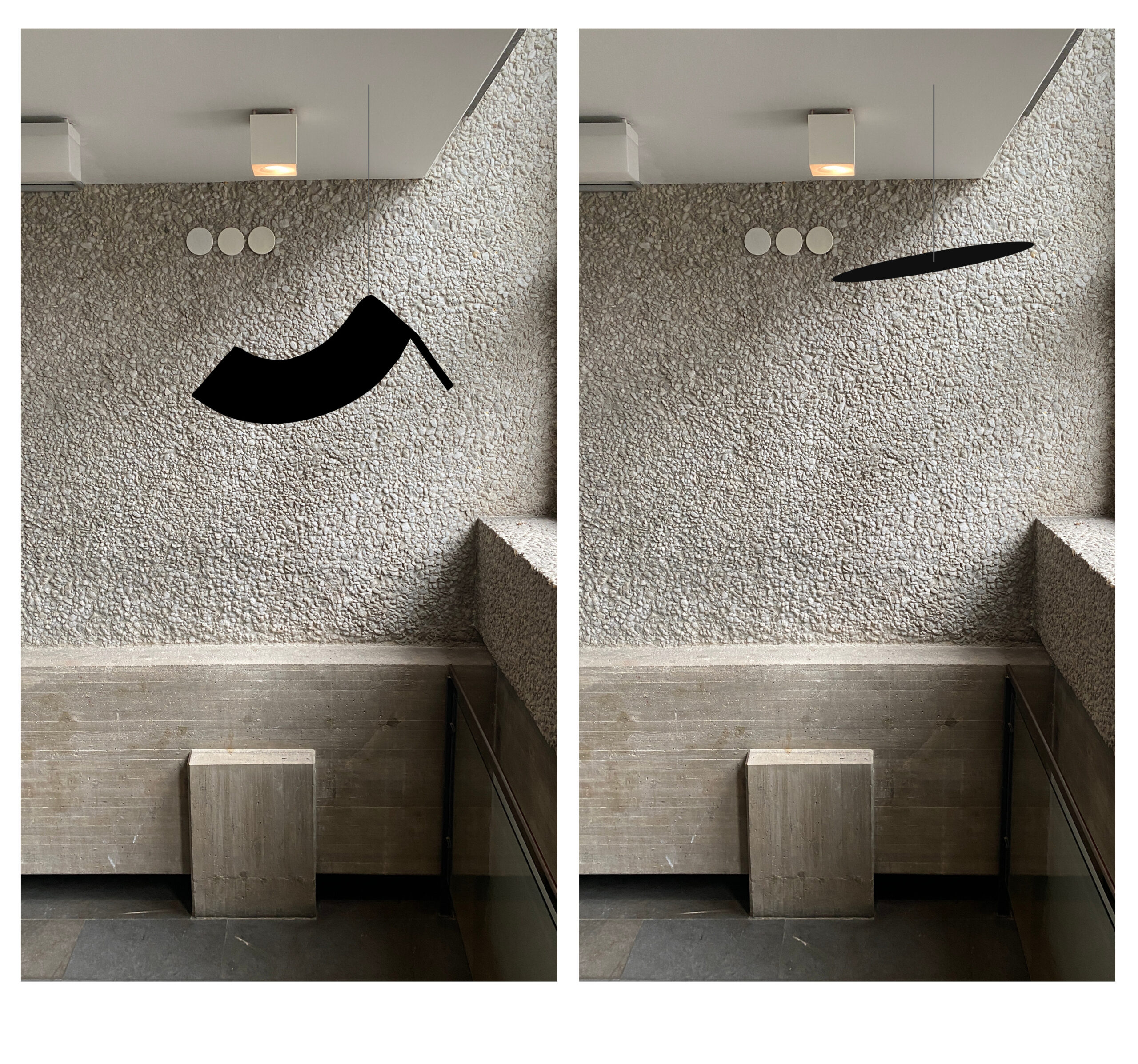
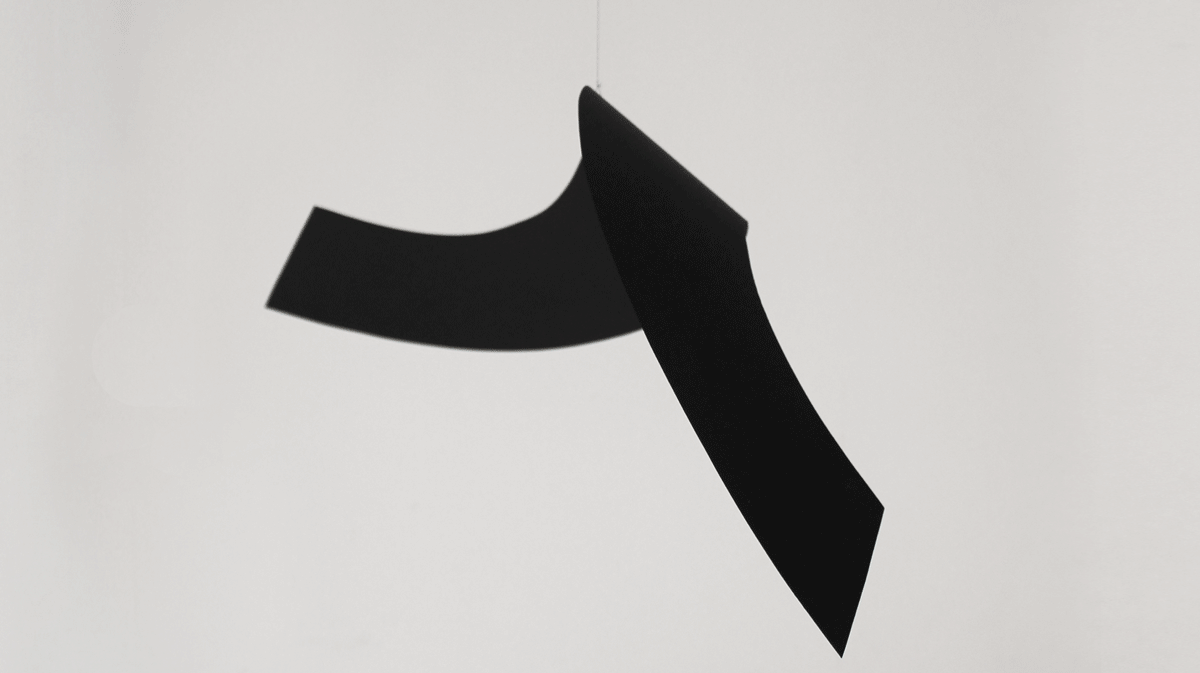
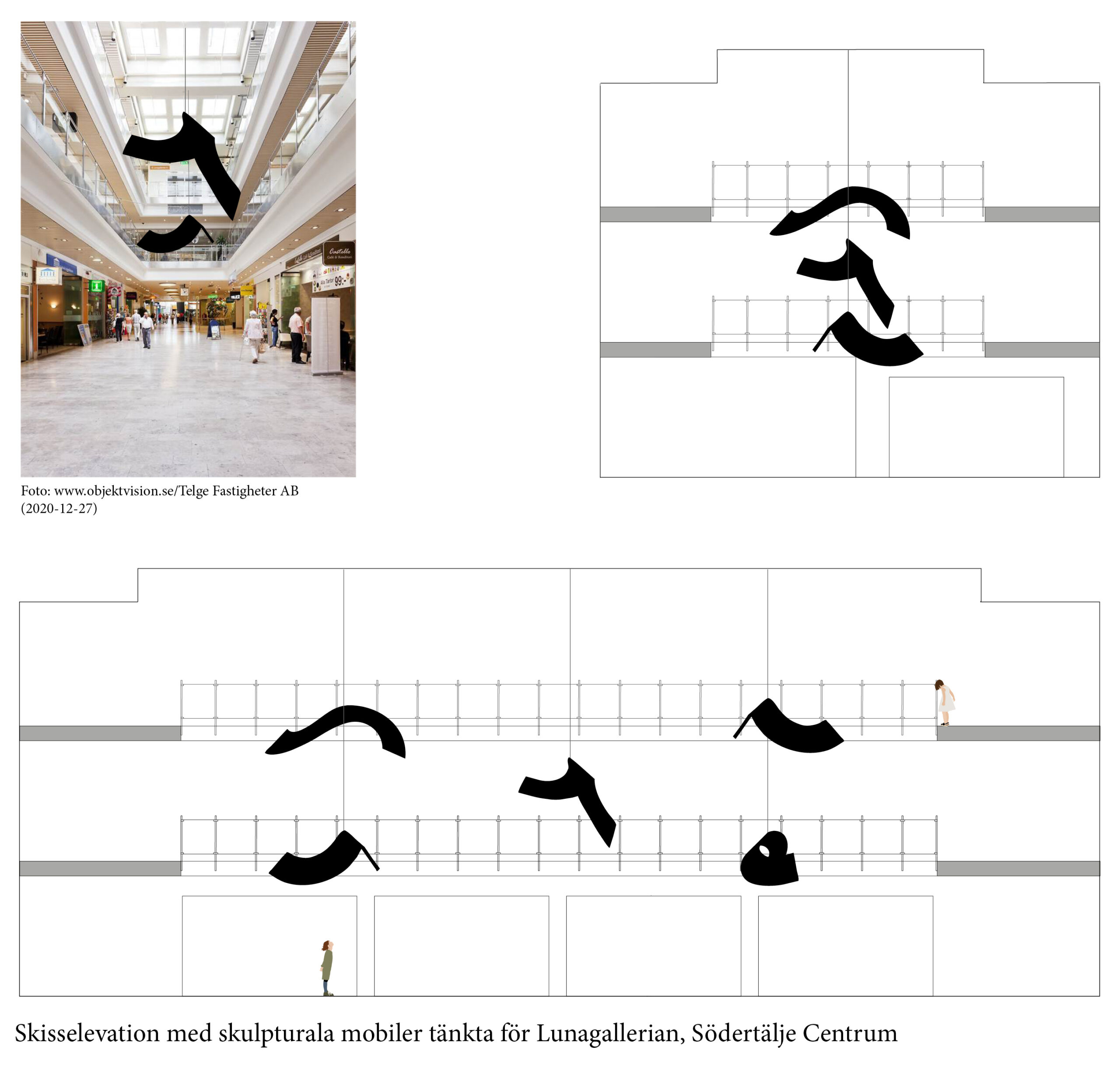
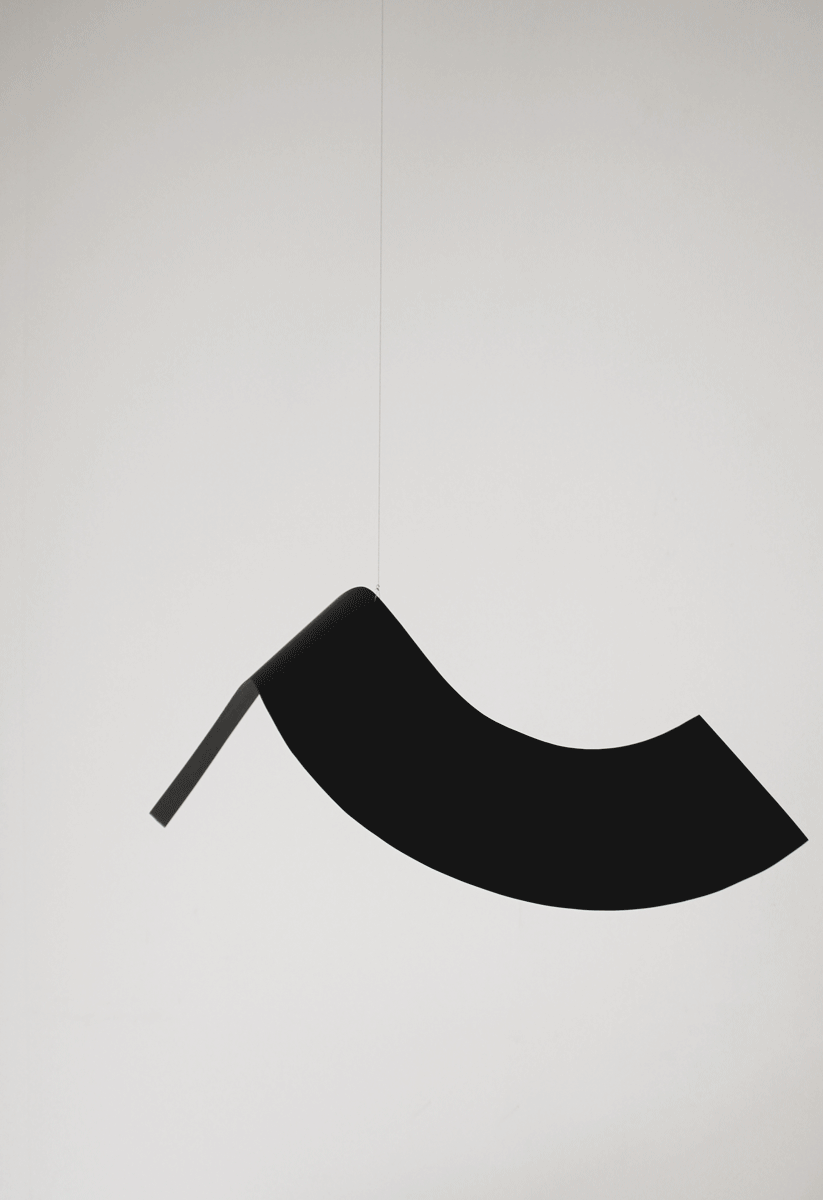
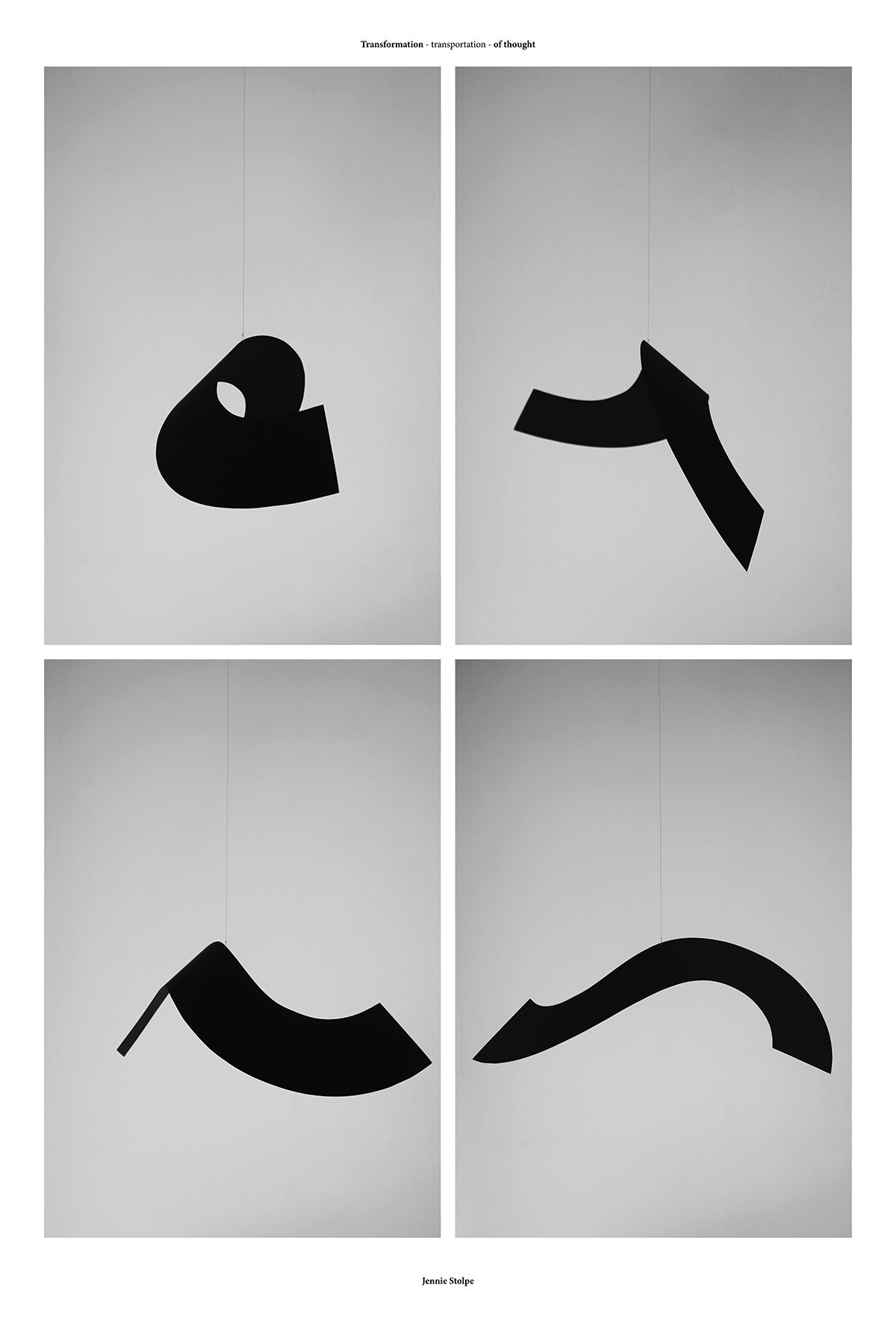
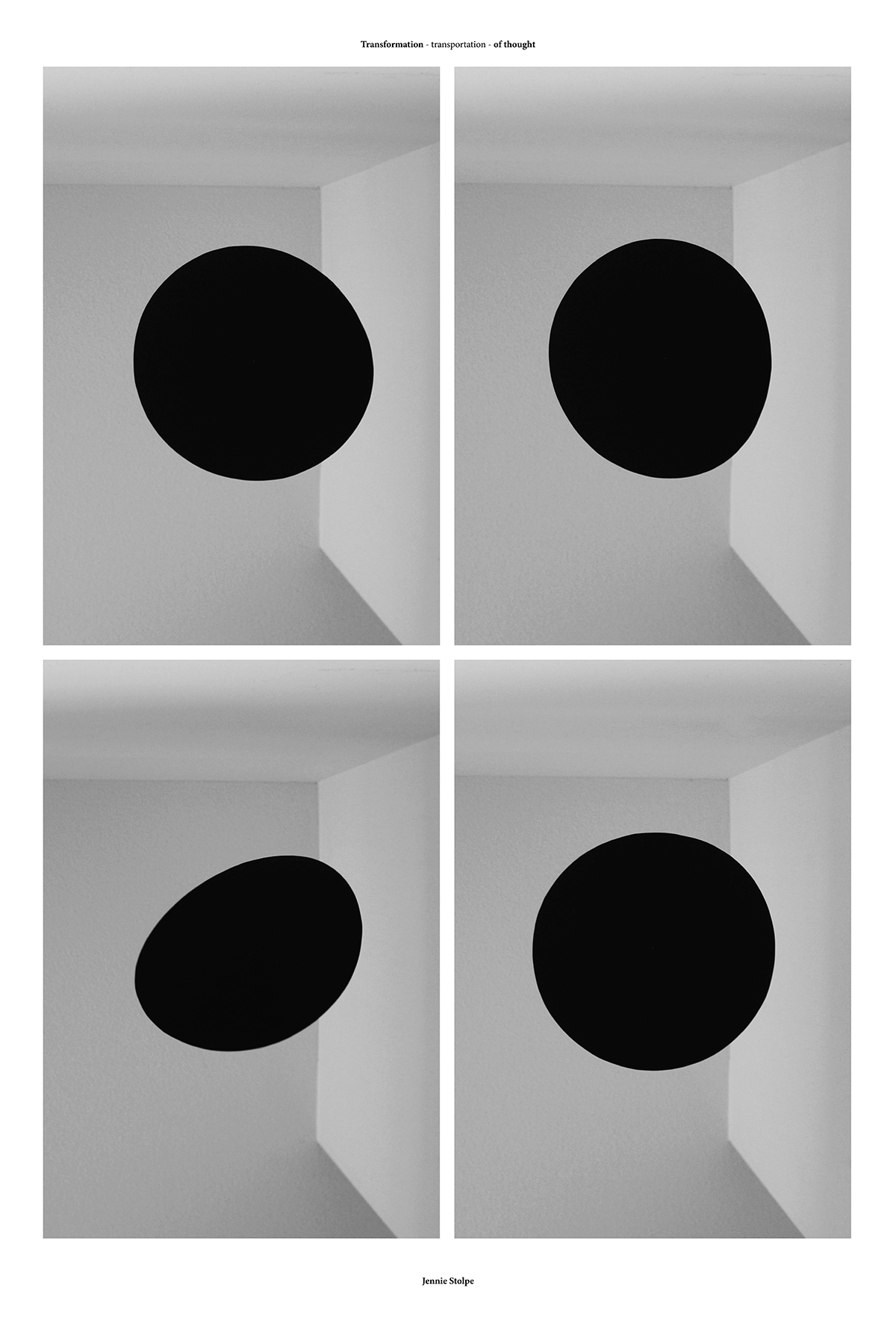
Erik Terndtedt. The Glade – Fundamental
Södertälje – Igelstabron
The clearest function for rooms under bridges is parking spaces for road maintenance, construction contractors or, as other clear cases in Södertälje, under the Igelstabron bridge – parking and parking space for unloading goods in the harbor. After a simple exploration, walking along the Igelstabron bridge, I examined the different places and rooms that are actually created under and around the bridge’s foundations and span.
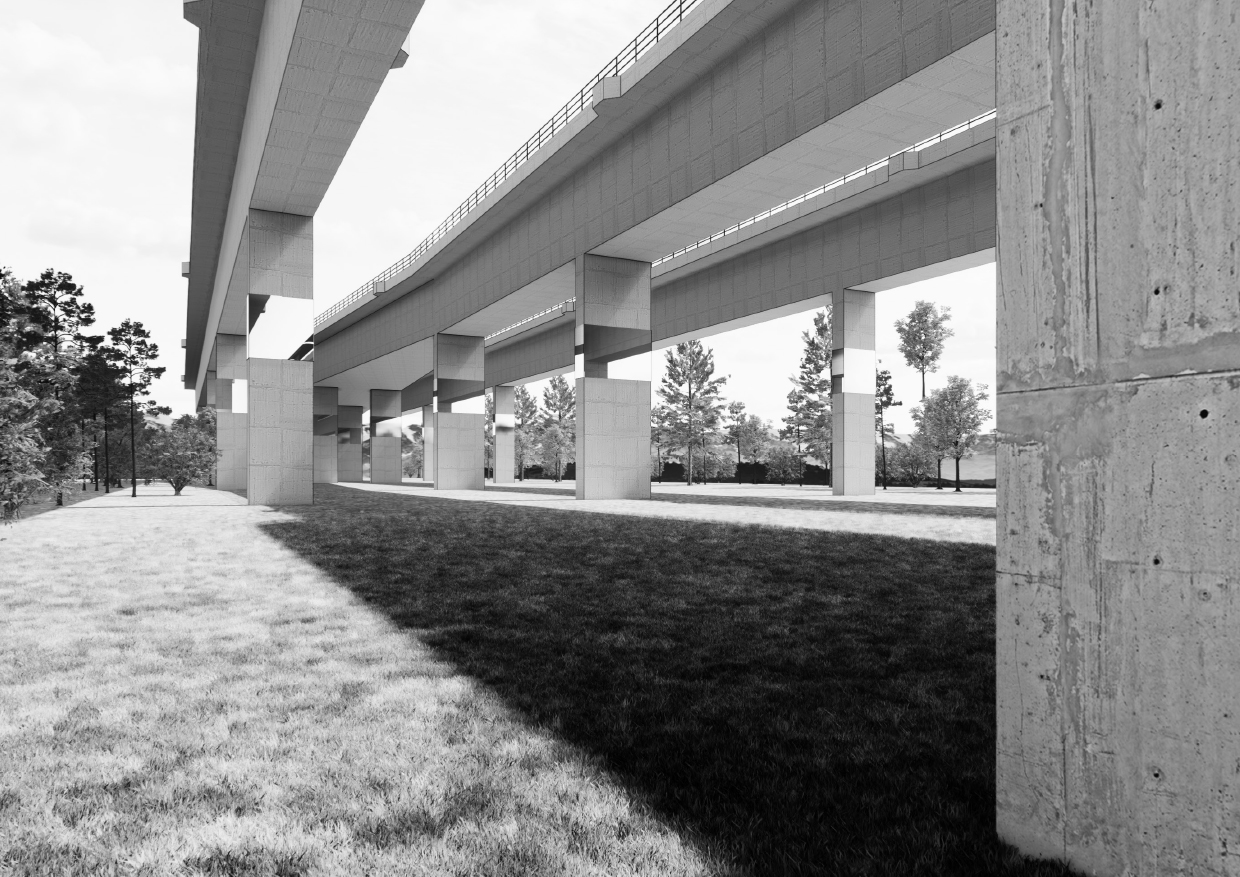
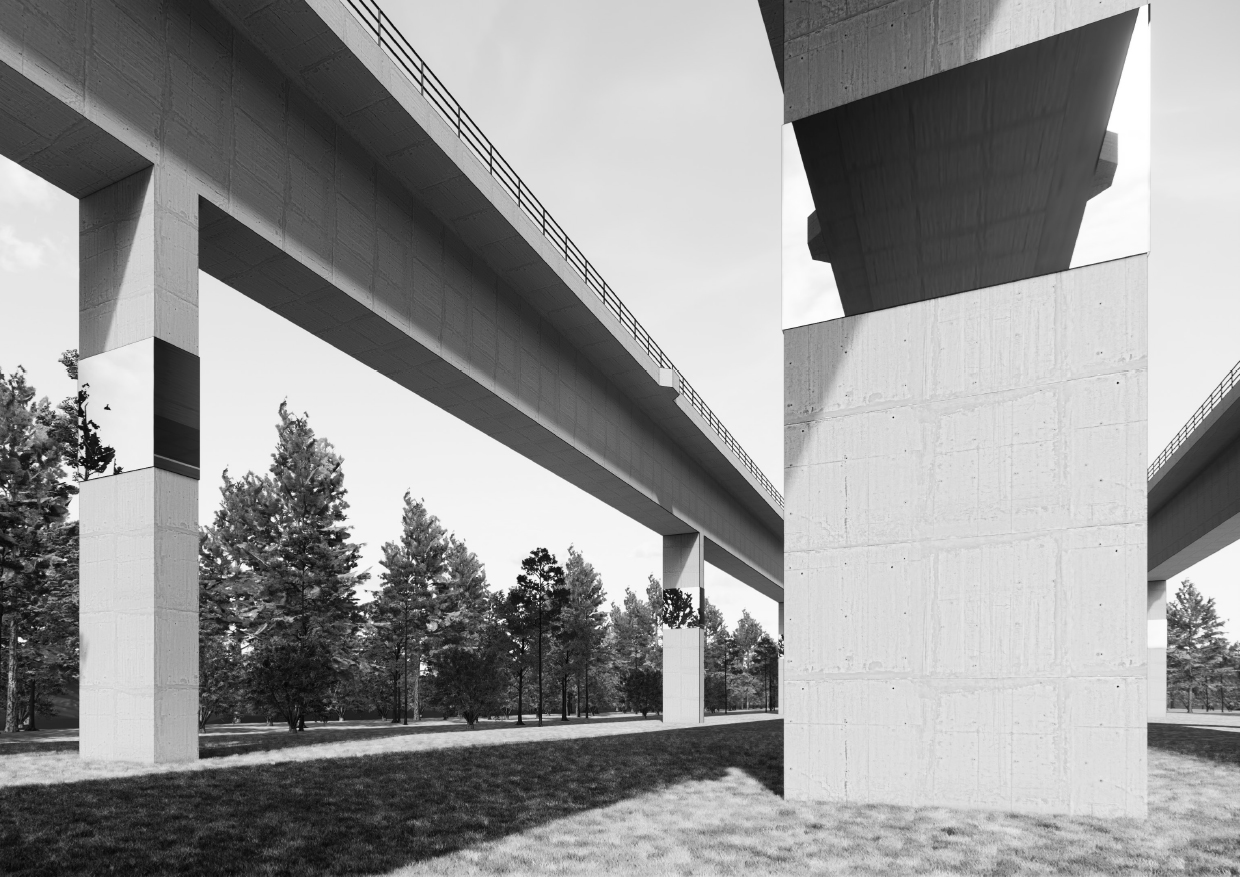
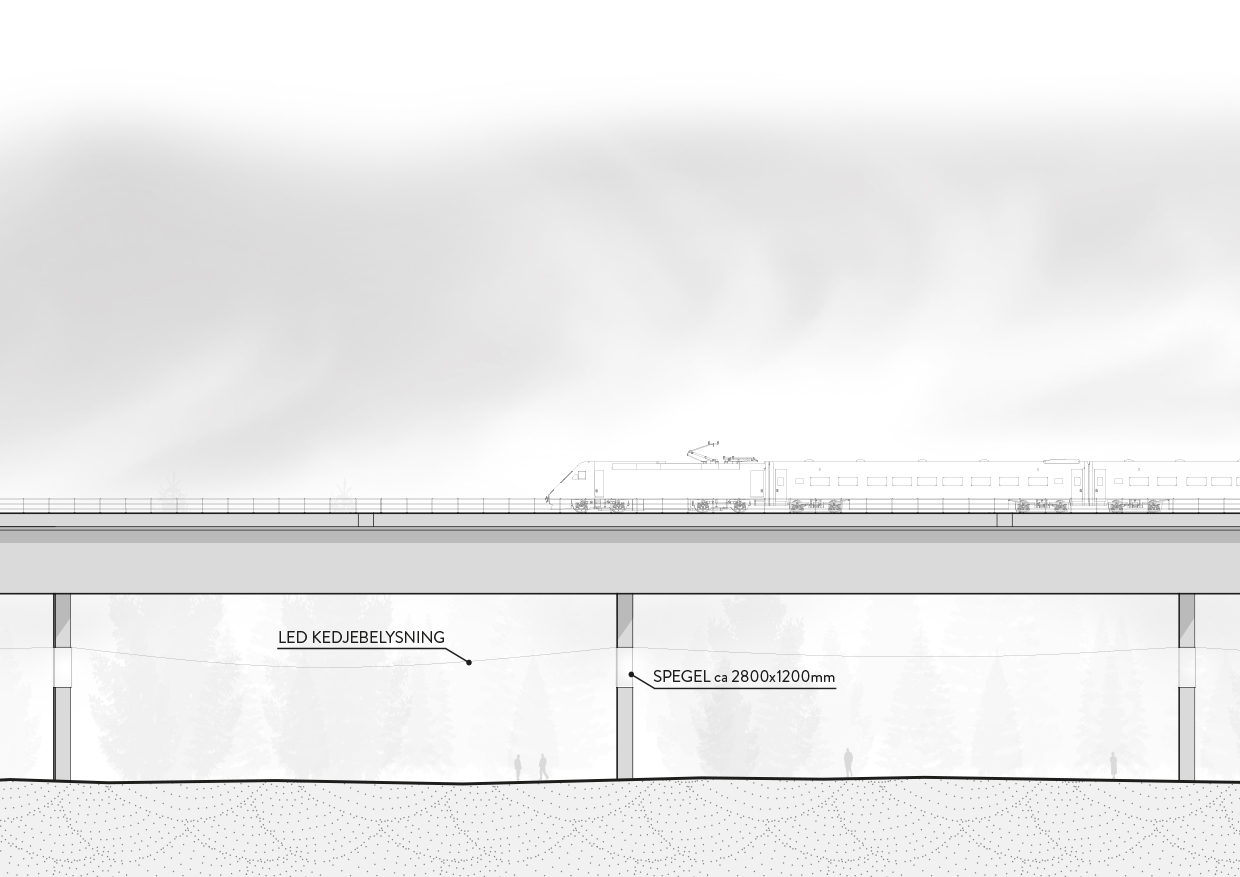
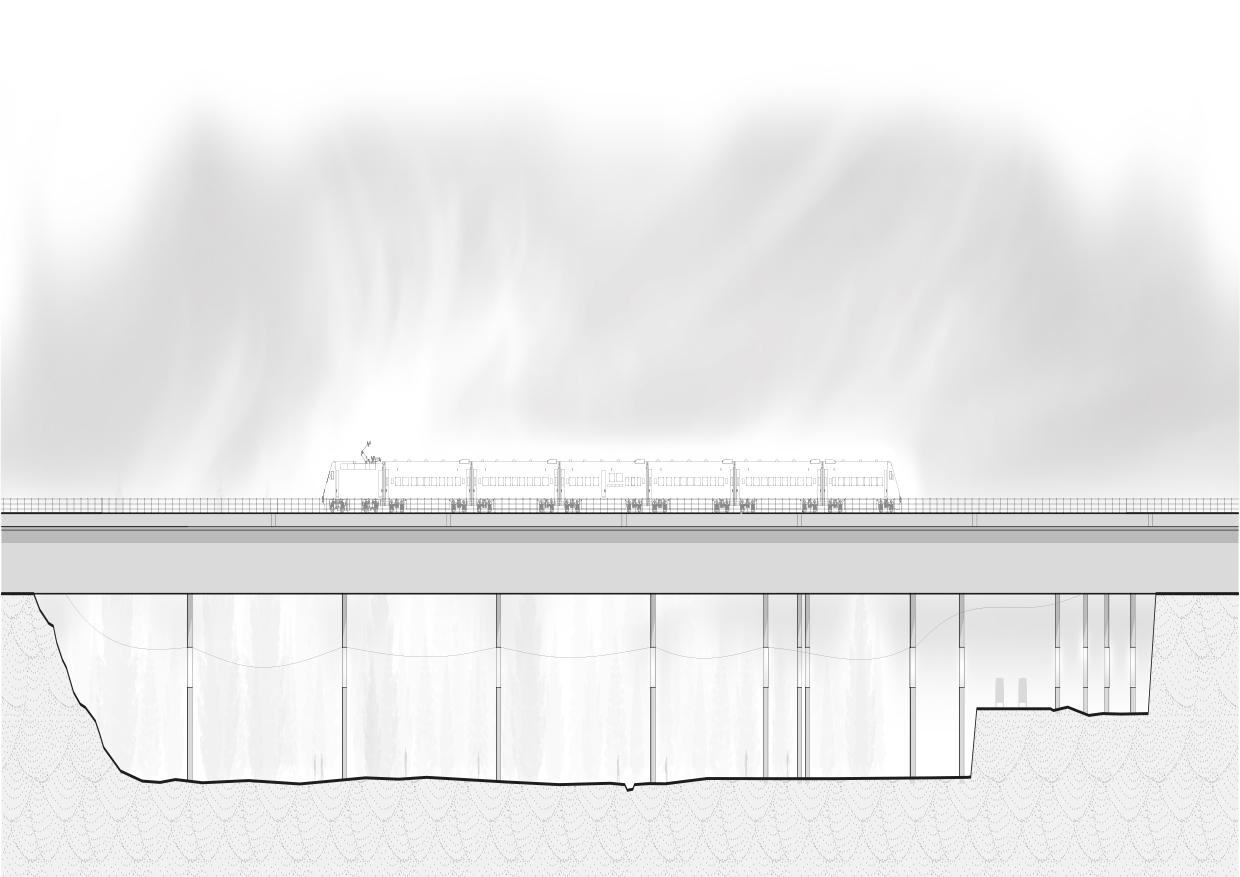
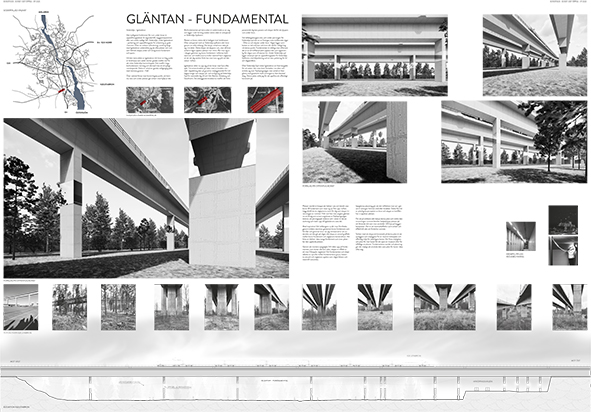
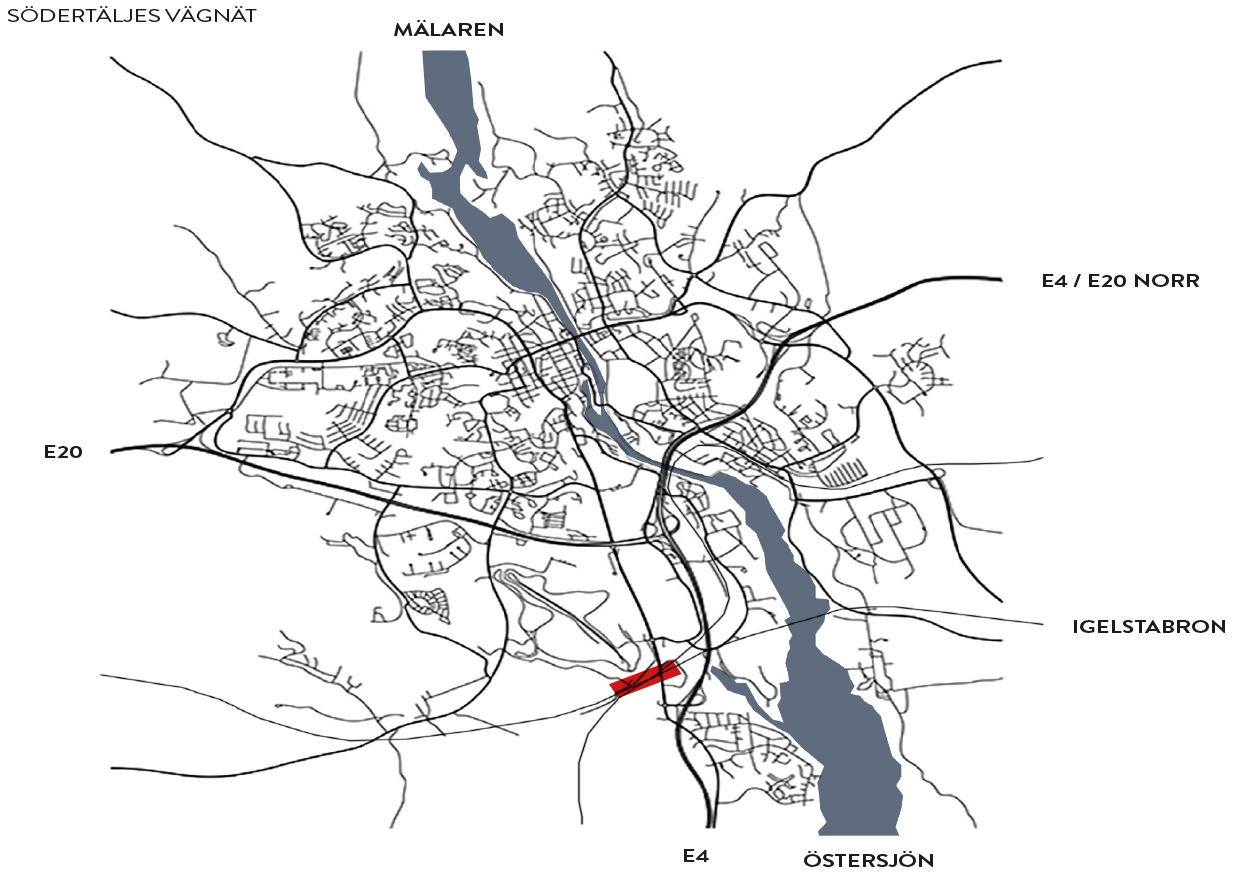
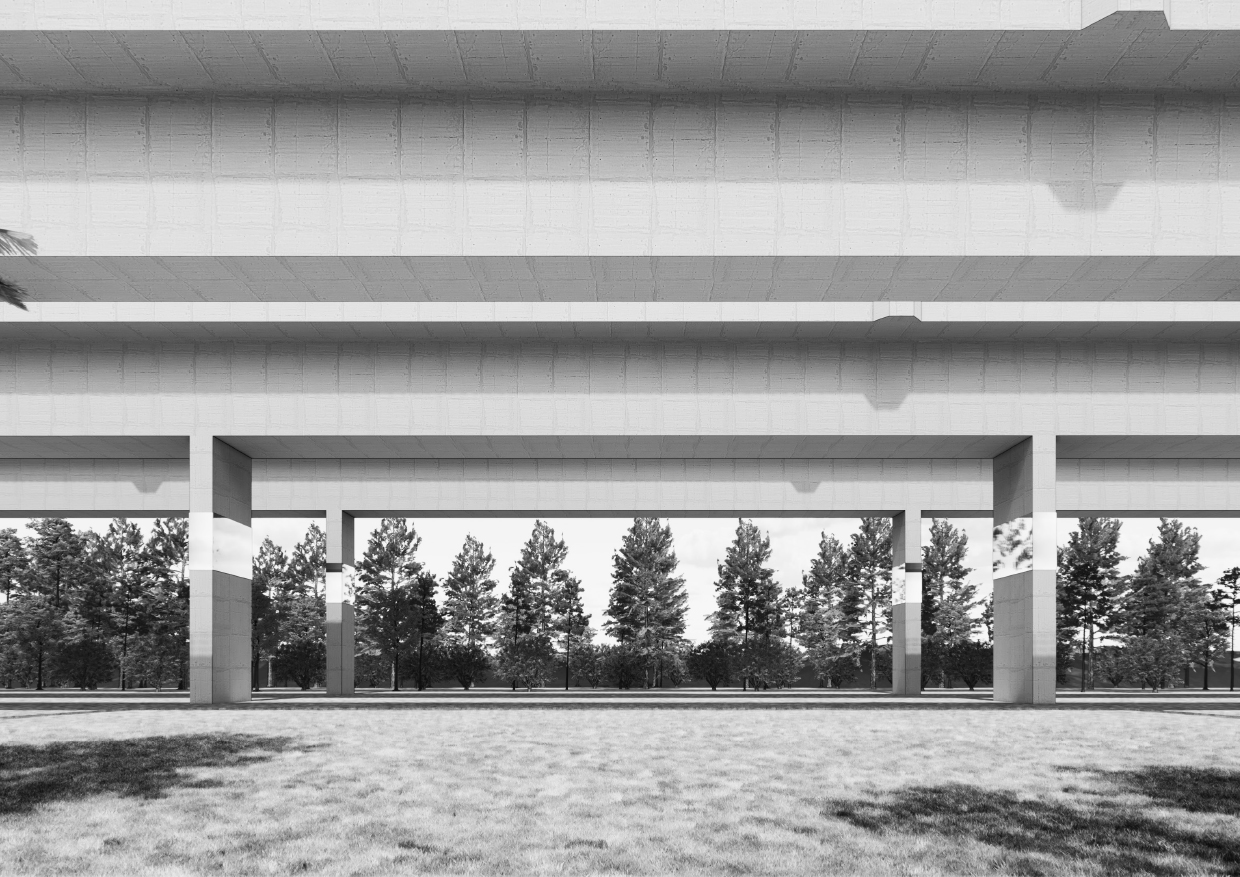
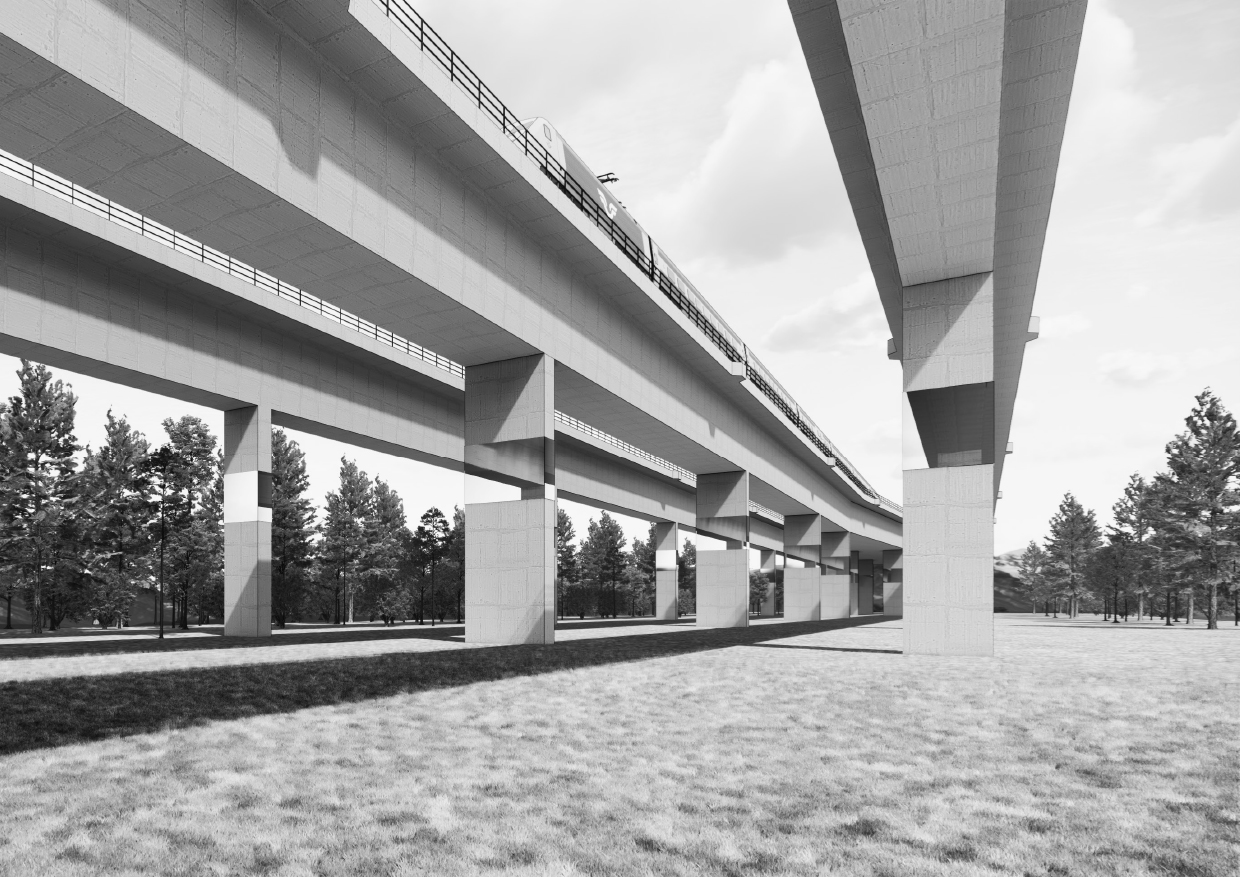
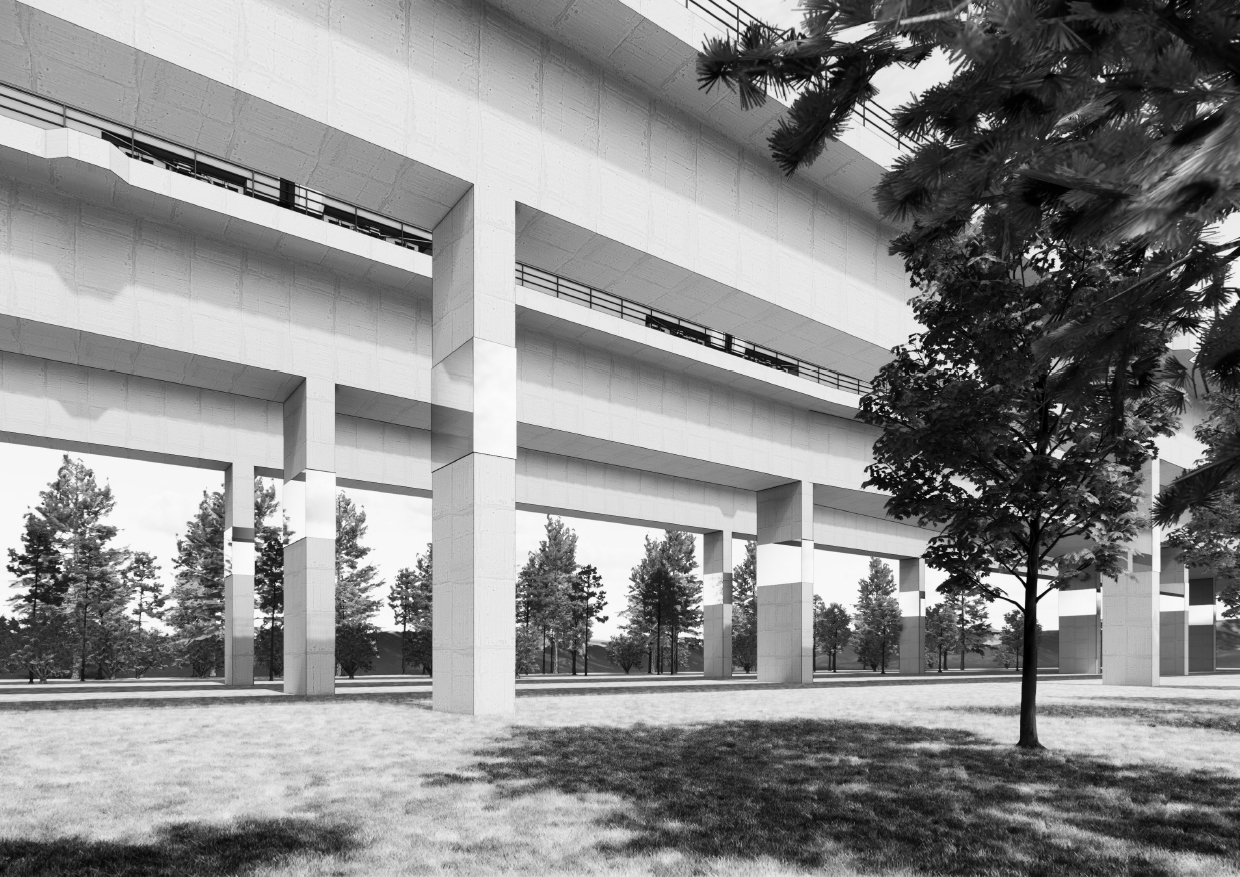
Malin Tivenius. 293 sleeping goddesses
The bottom of a watercourse shows the negative shape of the water movement. The bottom also is a room whose walls sing rippling water-songs about movements from the past and steadfastly tell us about the flow of the future. The lake pushes and the sea pulls. Cars, oil, pellets, road salt and gadgets travel upstream.
The water is volatile, but the metals may settle in the mud?
Soon, Cruiser 8 and Icebreaker 1 will be built with room for 1,400 households. But who is already living in this place, who lives in the architecture that the lake and the sea so stubbornly created through in their quest to meet? Commercial purposes, societal benefits, and large ships obscure the view to the water and make me curious about what I get to see. I’m curious and want to know who already lives in this large room and what their walls consist of?
293 sleeping goddesses is a proposal for public artwork in Igelstastrand. It is an investigative work with a process that runs for a long time, with a focus on the bottom of the sea in the watercourse Igelstaviken. The project involves a sculptural artwork, workshops and an archive of physical and digital sketches. Housing is being built on both sides of Igelstaviken. The location by the water makes it an attractive place to live. In relation to the rooms and homes that are created around the bay, I want to examine the inhabitants and their large rooms that are already there.
In the long term, the ferry routes on Mälaren and on Södertälje canal will be widened, which means that it will be dredged in Igelstaviken. Dredging in a watercourse means removing parts of the lake bottom and dumping the material elsewhere. This is done so that the watercourse will be deeper so that larger vessels can pass. Before the waterways in Mälaren and Södertälje canals are widened, the bottom sediment and the bottom fauna in the areas have been investigated.The habitat for the animals at the bottom of the bay is strongly influenced by port activities and the survey includes individuals of different species which act as bio-indicators. The species that occurred in the largest number of individuals in Igelstaviken was the Baltic mussel (Macoma Baltica), 293 specimens were found. The scientific name of the mussel Macoma Baltica may come from a combination of Ma, a goddess of Cappadocia in present-day Turkey, and coma, which is Greek and means deep sleep. It is with the Baltic mussel as inspiration that I have chosen the title “293 sleeping goddesses”
Bottom substrate as a material for sculpture
workshops, archives and maps
In the investigation of the sediment from Igelstaviken, it is possible to read about different levels of toxins but also on the type of substrate the bottom consists of. The bottom sediment in Igelstaviken consists of mud and gravel but also glacial and preglacial clay (very old and clean clay). Part of the lake bottom that is removed by dredging will contain the old and clean clay. I want to work with the clay material from the bottom and sculpt with it. I test the material in parallel with the dredging work when it starts. Working with the clay can be to create smaller sculptures that can be burned, or to burn small pieces of the clay to build something bigger with. It may also be possible to find an opportunity to cement it with other materials so that it is suitable for a large scale and outdoor climate. My work strives to create different sculptural objects with inside and outside that can become works in an outdoor environment.
I work with the bay in a living environment perspective and it is a goal to create opportunities for those interested to see the place in many perspectives. A wish is therefore to hold a workshop together with art and biology interested educators for children in primary school. We will then work together with the clay and talk about it as a material, about the lake bottom it comes from, about form, space and the ones who lives there. What does it mean to see a place as your home? I want to work with children at Igelsta primary school, which is located in the area of Igelstavik, near the water where the construction of 500 homes is also on its way. The lane by the water in the area is an intended location for the sculptures. Depending on how the workshop is developed, the joint work can also be exhibited or installed permanently at the school or function as guideline for the de outdoors sculptures.
I would like to be involved in the work with the dredging. I can then make physical and digital sketches and collect materials. The use of the material depends on what it looks like, it can serve as preparatory work for the design, but it can also be useful for the workshop and as an archive for others to take part in. An important part of the project will be to find contact persons within the school and for the dredging work as well as environmental protection. I will need to engage people with different skills and who are interested in participating. Their participation will influence the direction of the project.
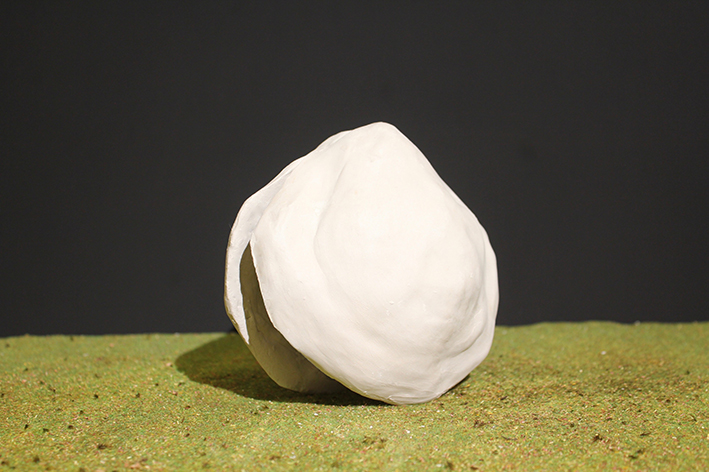
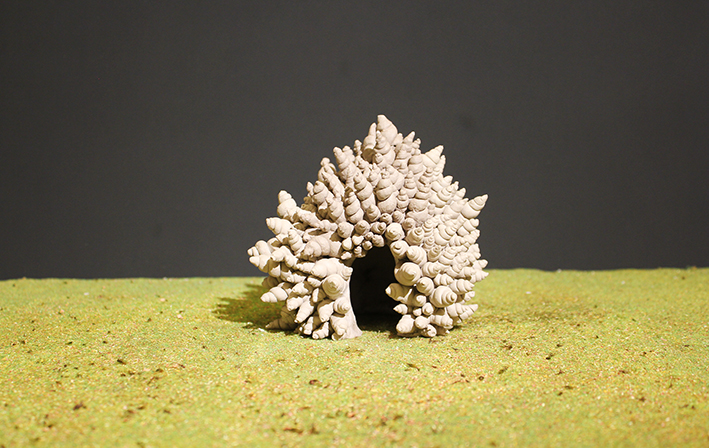
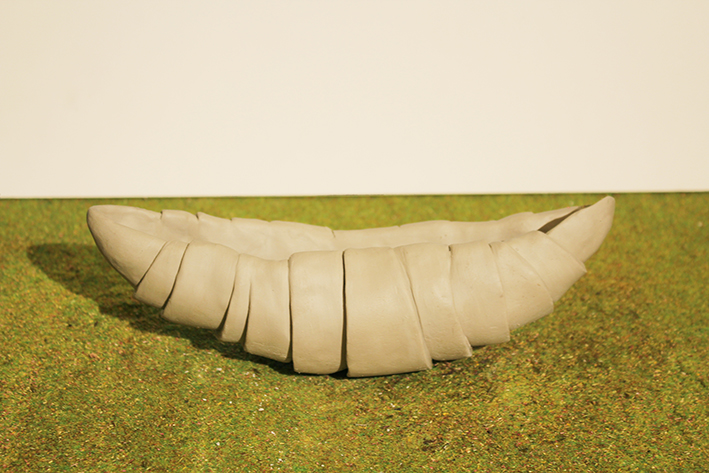
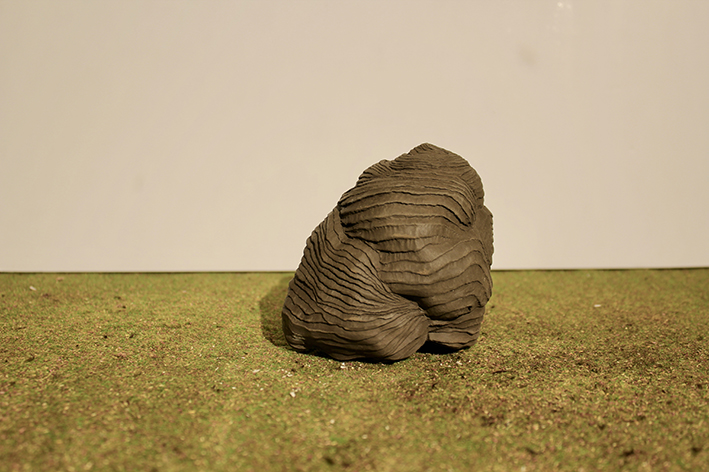
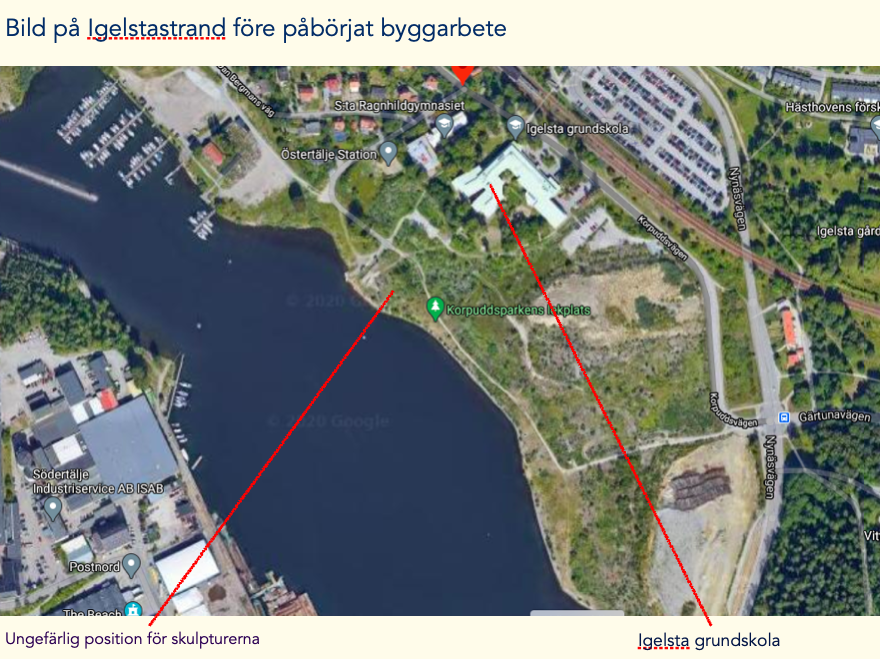
Yemisi Wilson. Isopodas
Wood-louses in grey granite placed in the main square of Södertälje.
To make the small essential, but often invisible, big – Ethical value.
The Wood-louse on land are soil processors, they are important for the trees. On the bottom of the sea they form an important link in the food chain. To create a space where people want to hang out – Social value. The soft, rounded and polished forms of the sculptures invite to touch. Their dimensions are comfortable to lean against and to sit on.To embellish and enrich a public space – Aesthetic value. The anatomy of the wood-louse brings to min the holy geometry present in nature. To make visible different feelings through different body postures – Emotional value
The curled up one – Defence
The half opened – Dare
The one on its back – Help! Oops!
The walking one – Small steps forward
